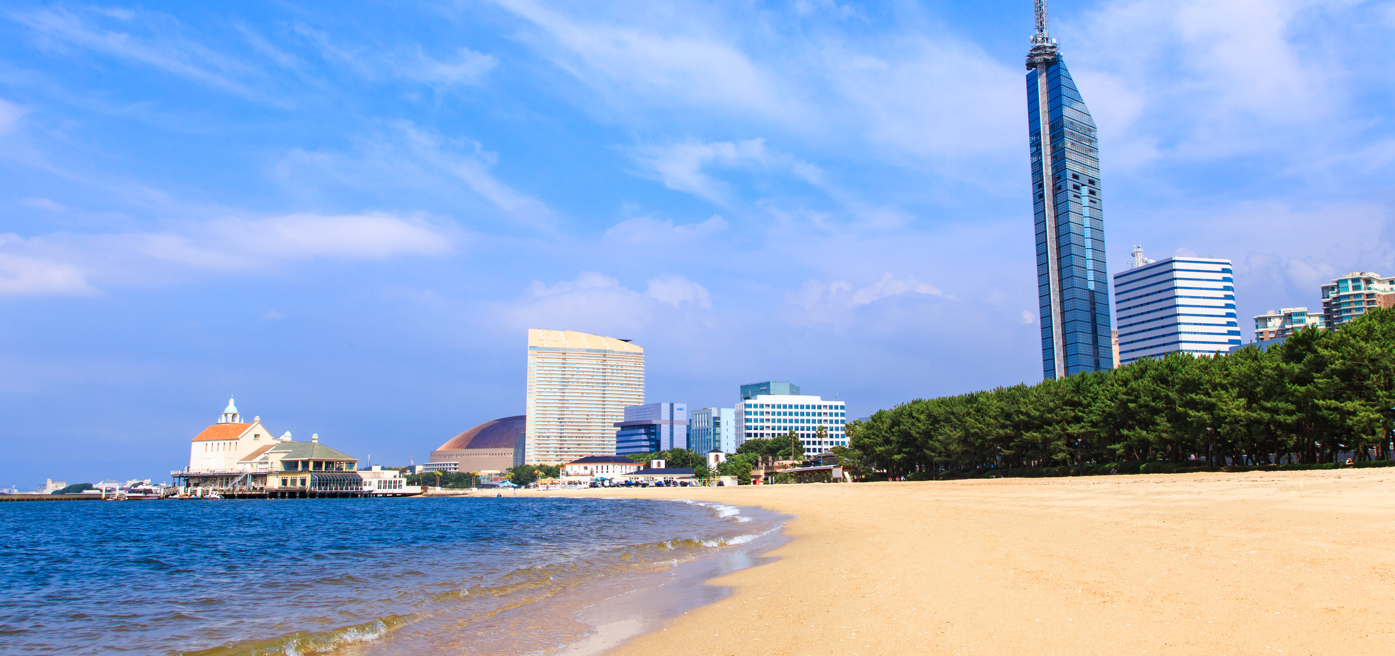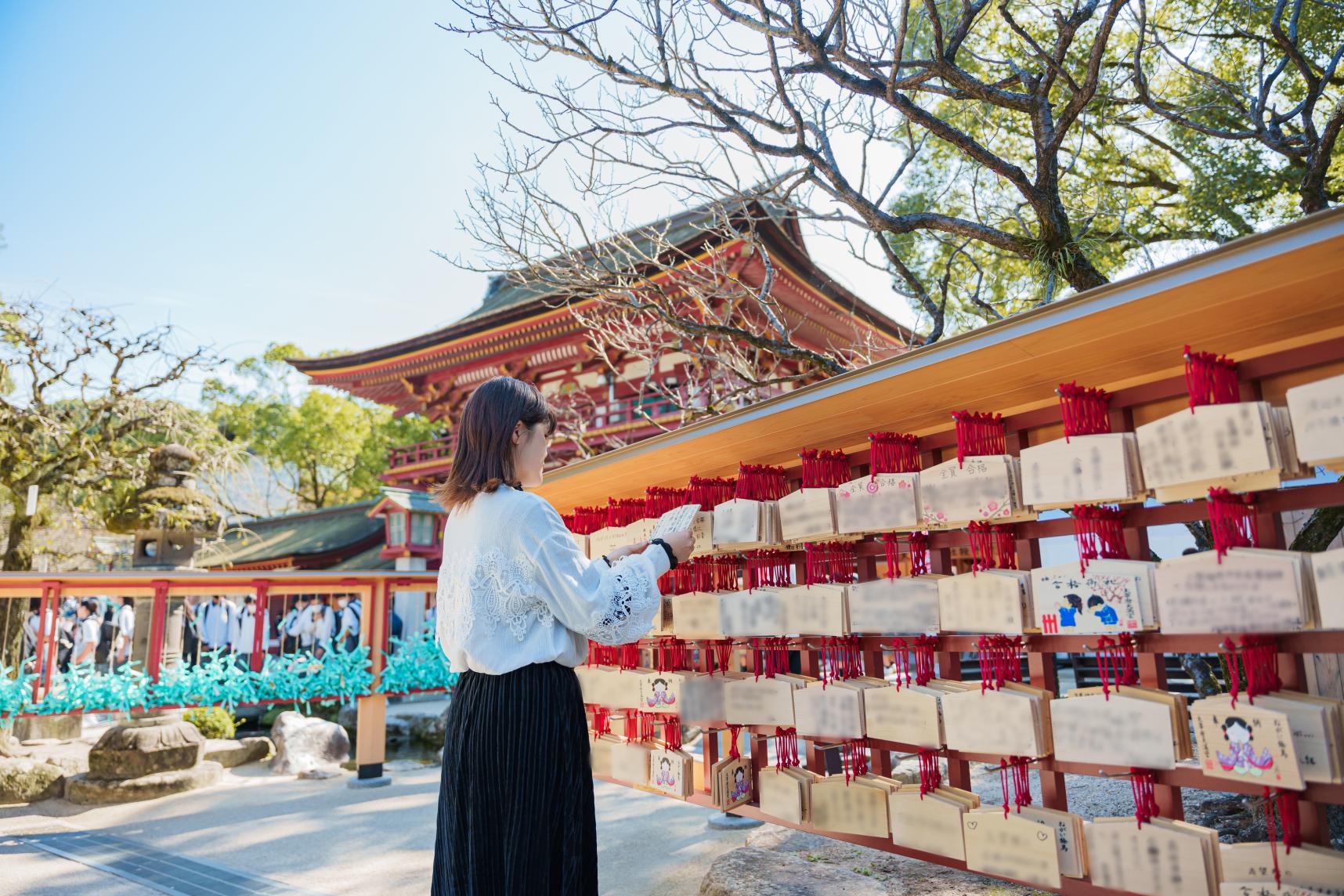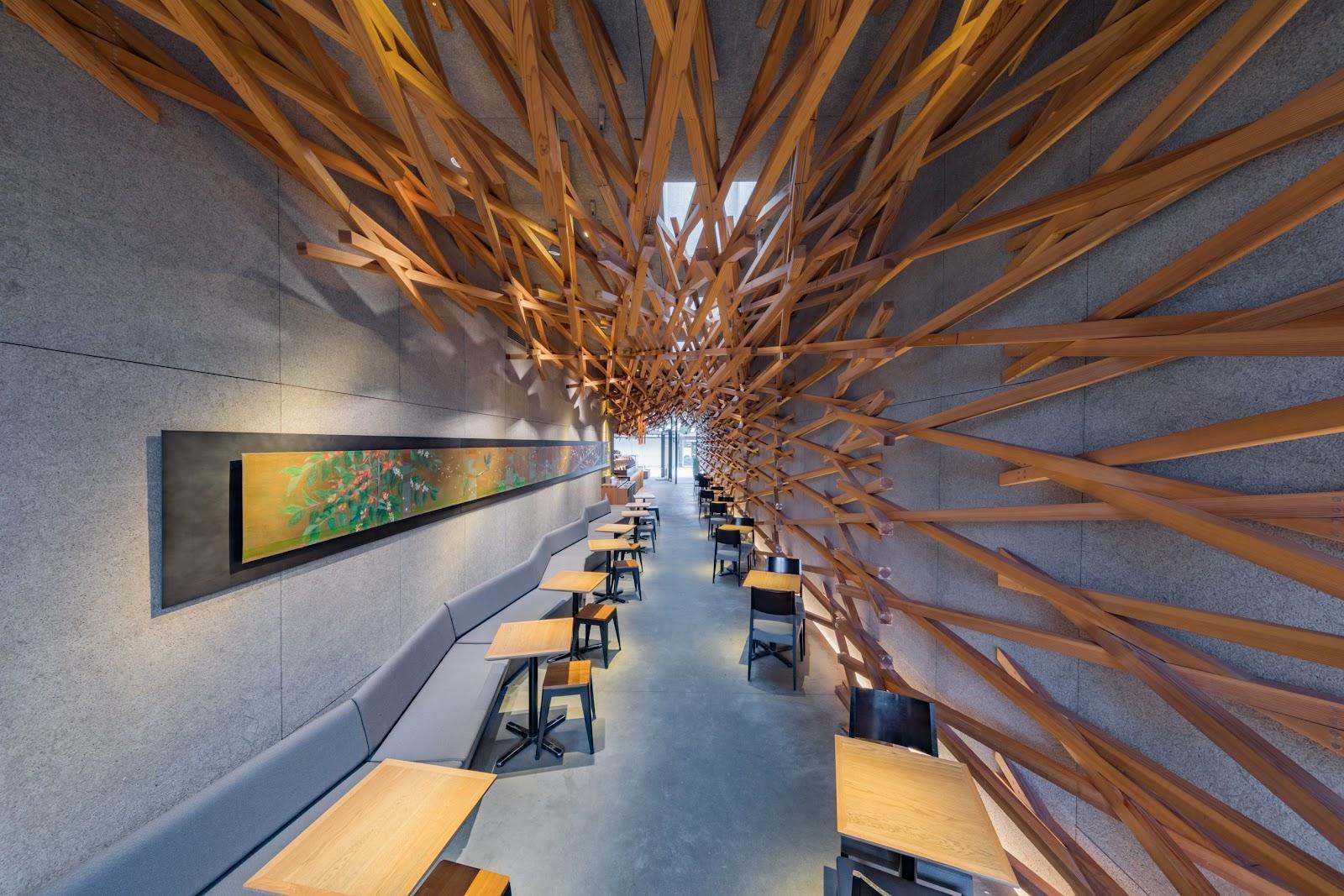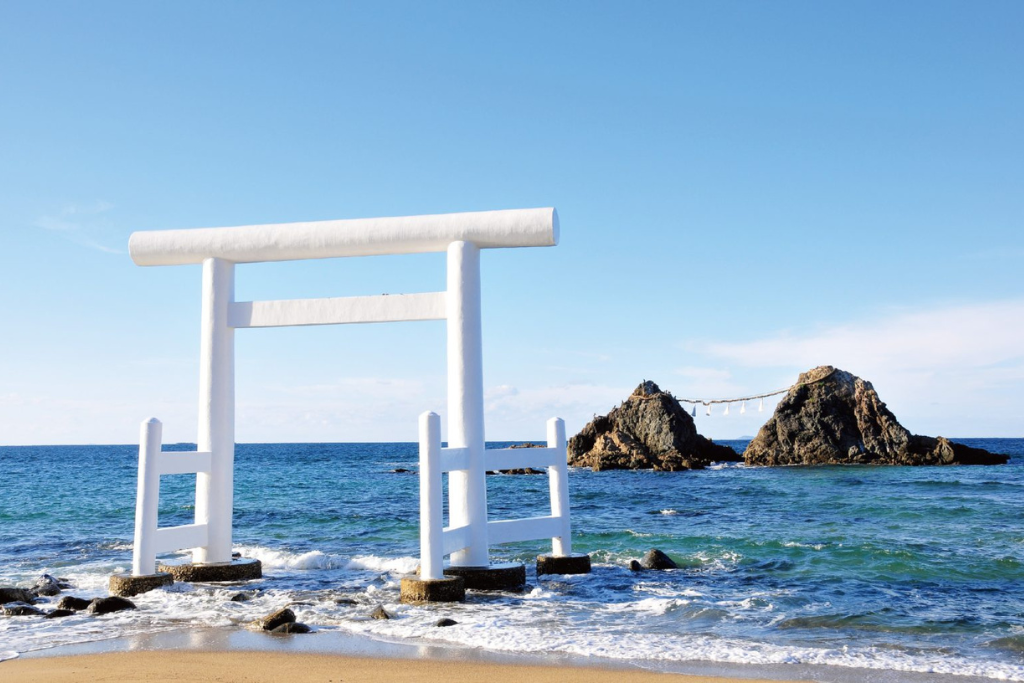We use cookies on this site to enhance your experience. By continuing to browse, you agree to our use of cookies. See our Cookie Policy for more information.
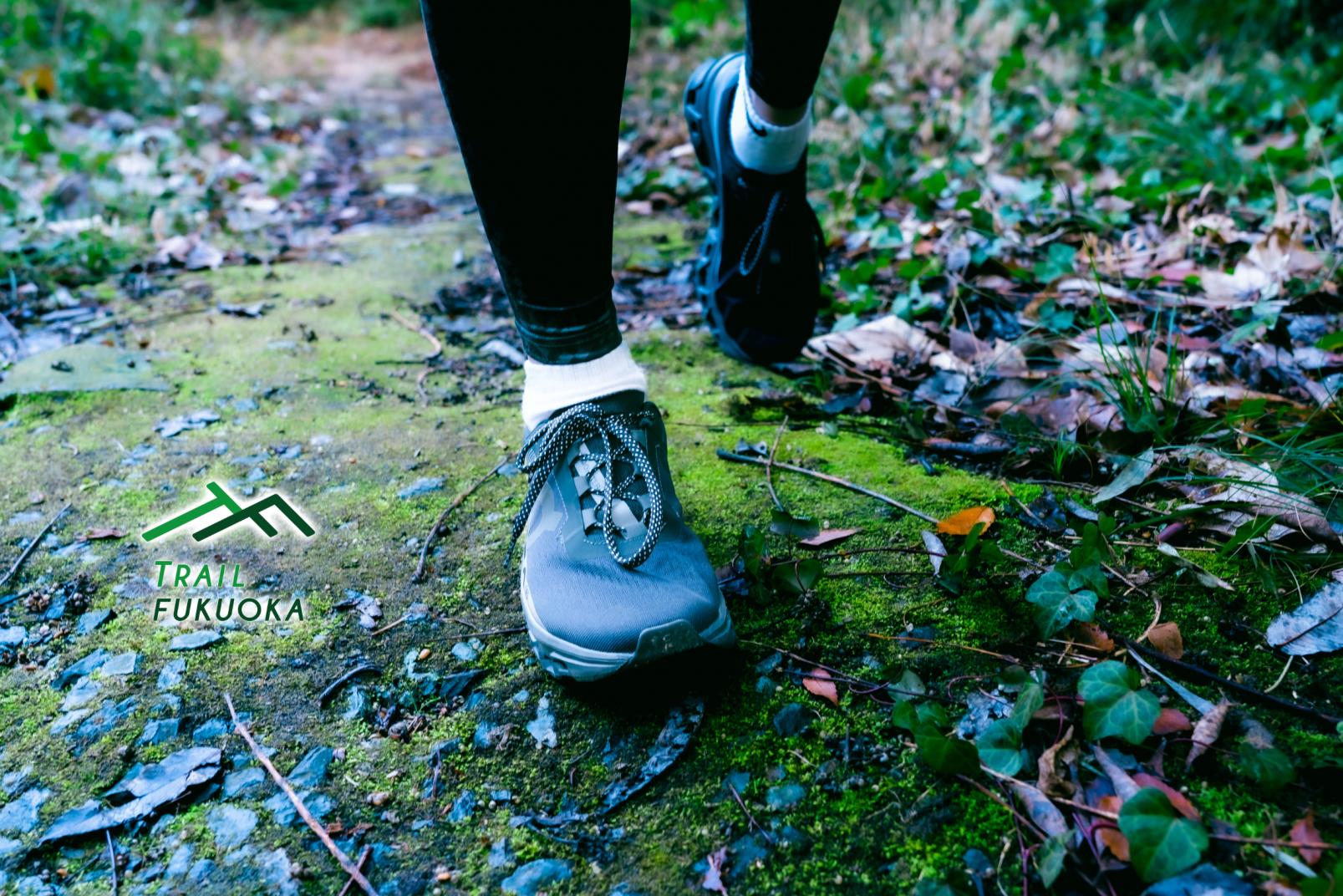
TRAIL FUKUOKA
Enjoy "Trail Tourism" in Fukuoka, a place where towns and the great outdoors co-exist.
While Fukuoka is one of the biggest city in Kyushu,
it also offers the best urban experience while also offering easy access to an abundance of beautiful natural spots,
with world heritage sites near the ocean and in the mountains, historic towns, tranquil country landscapes and various other vistas and views.
Get your hiking boots on. Enjoy a wonderful trip here.
Mountain Climbing/Hiking Trails
Trails in Fukuoka Prefecture are easily accessible from the metropolitan area, making hiking one of the activities that you can readily enjoy.
Courses that overlook the townscapes of Mojiko and Shimonoseki, mountains where you can experience a profound sense of faith, and Hiraodai, one of Japan's three major karst formations, invite you to step into a different world. A wide range of other attractions beckon, such as the Itoshima course with its panoramic views of seas and skies, which beginners and families with children can enjoy, as well as the traverse route that runs through Fukuoka's natural environment, for more experienced hikers. This is highly recommended as another way to have fun when you visit Fukuoka for business or pleasure.
Mount Homan
The summit of the mountain, with its chalk shrine on top of a huge rock, offers a 360-degree view of the city of Fukuoka, Hakata Bay, Mt, Kosho, Mt Hiko, Kuju, the Aso mountain range, and Mt Unzen.
Mount Fukuchi
This route, which begins at the Fukuchiyama Dam, passes near the Oto Falls and is recommended for beginners who can also feel negative ions.
Mount Iwara
At the summit, visitors can enjoy a 360-degree view of the majestic Sefuri Mountain range, including Sefuri, Kanayama, and Raizan, and the shining blue waters of the Sea of Genkai. There is also a circular trail that traverses to Raizan on the west side, allowing you to conquer the sights of Mount Iwara and Raizan in a single day.
Mount Tateishi
Since it takes less than 30 minutes to climb to the top, many people stop by while sightseeing. In the surrounding area, there is Keya no Oto, a national natural monument, and many restaurants where you can enjoy fresh seafood from the Genkai Sea, making it a compact area where you can enjoy Itoshima to the fullest.
Nijodake
The summit commands a panoramic view of the Genkainada Sea. It is one of the most spectacular mountain views in Itoshima City, giving visitors a greater sense of accomplishment from climbing the mountain. The Manako-Kinonoka-Land campground is located halfway up the mountain, where you can also enjoy mountain games. There is also a 4-mountain traversing route that takes in the surrounding mountains of Medake, Ukidake, and Tonboyama, which is also a challenging course for advanced climbers.
Mount Sarakura
This course takes visitors on a tour of the "Eight Views of Sarakura", which are packed with the charms of Mount Sarakura.
Mount Shioji (Mount Oki)
Shiojiyama consists of four mountains, centered on the highest point, Mt. Oki, and called Mt. Iwaya, Mt. Mizugame, and Mt. Obaru, collectively known as Shiojiyama.
Mount Kazashi
You can walk up the mountain from JR Mojiko Station. As you climb while enjoying the seasonal vegetation, you will be able to see Mojiko and the city of Shimonoseki through the trees. The view from the highest point in Mojiko is a spectacular sight that will impress anyone.
Hiraodai (Mount Ohira/Mount Nuki, Mikasadai/Suhodai)
The area of limestone rocks scattered over an elevation of 300-700 m, extending 6 km from north to south and 2 km from east to west, is popular as a trekking course, and visitors can encounter unusual rock formations such as "Lion Rock" and "Kiss Rock," as well as rare natural landscapes such as a "rootless tree" that emerged from the limestone.
Mount Sangun
Visitors can enjoy the charms of the four seasons, including wildflowers in spring, autumn leaves in fall, and large icicles in the Kawaradani valley (a.k.a. Nanshogataki Falls) in winter. In addition, the traversing paths and other popular mountain climbing trails are also available with nearby Mount Homan and Mount Wakasugi.
Mount Hiko
Hikosan, along with Mt. Haguro in Dewa and Mt. Omine in Kumano, was one of the three major sacred sites of Shugendo in Japan, and was widely worshipped by people throughout the Kyushu region.
Nakama Footpath
View the old bricks and houses that remind you of the bygone days of Sokoino, and enjoy the seasonal farm life in the
countryside. There is also a spot where you can look over the Onga River at the Onga River Water Source Pump Room, which is registered as a World Heritage Site.
Kaho Alps
The trail from Kama Pass to Akizuki is the Kyushu Nature Trail, and is rich in places of interest, including boxwood, a national natural treasure. In addition, the Umami Mountain trail has wind holes and gojisho-iwa, which delight the eyes of walkers with their colorful scenic beauty.
Kyushu Olle
The Miyama-Mount Kiyomizu course, departing from Zoyama Historical Forest Park on a journey through temple gates surrounded by history and nature, allows you to slow down your steps in harmony with nature as you enjoy the vibrant colors of the trees in each season. The Yame course in Yame City, famous for its production of Gyokuro tea, is recommended for beginners, offering gentle ridges and a healing walk through expansive tea plantations. The Munakata-Oshima course, located on the largest island in the prefecture, is the only "Kyushu Olle" course that starts off with a boat ride. It also includes visits to Okitsu-miya Yohaisho and Nakatsu-miya, designated as a part of the World Heritage site "Sacred Island of Okinoshima and Associated Sites in the Munakata Region." There are also other courses that offer rich history and culture, which you can explore at your own leisurely pace. These include the Chikuho-Kawara course, where you can enjoy various power spots, and the Kurume-Mount Kora course, which is packed with interesting sights and places to visit.
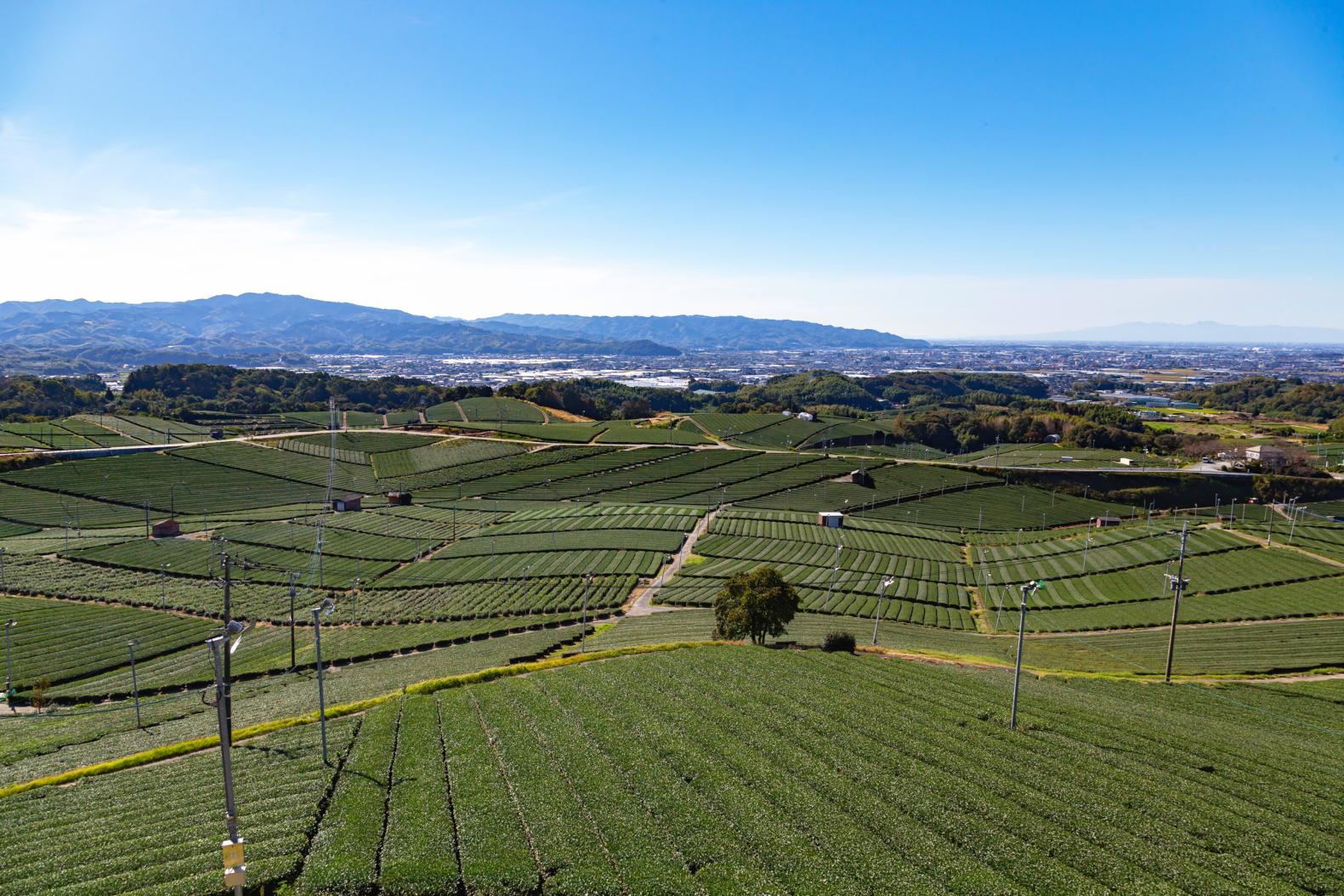
(1) Yame Course
View moreThe Kyushu Olle Yame Course is a walk along the gentle ridges of hilly terrain, enveloped by the rich aroma of the vast tea plantations.
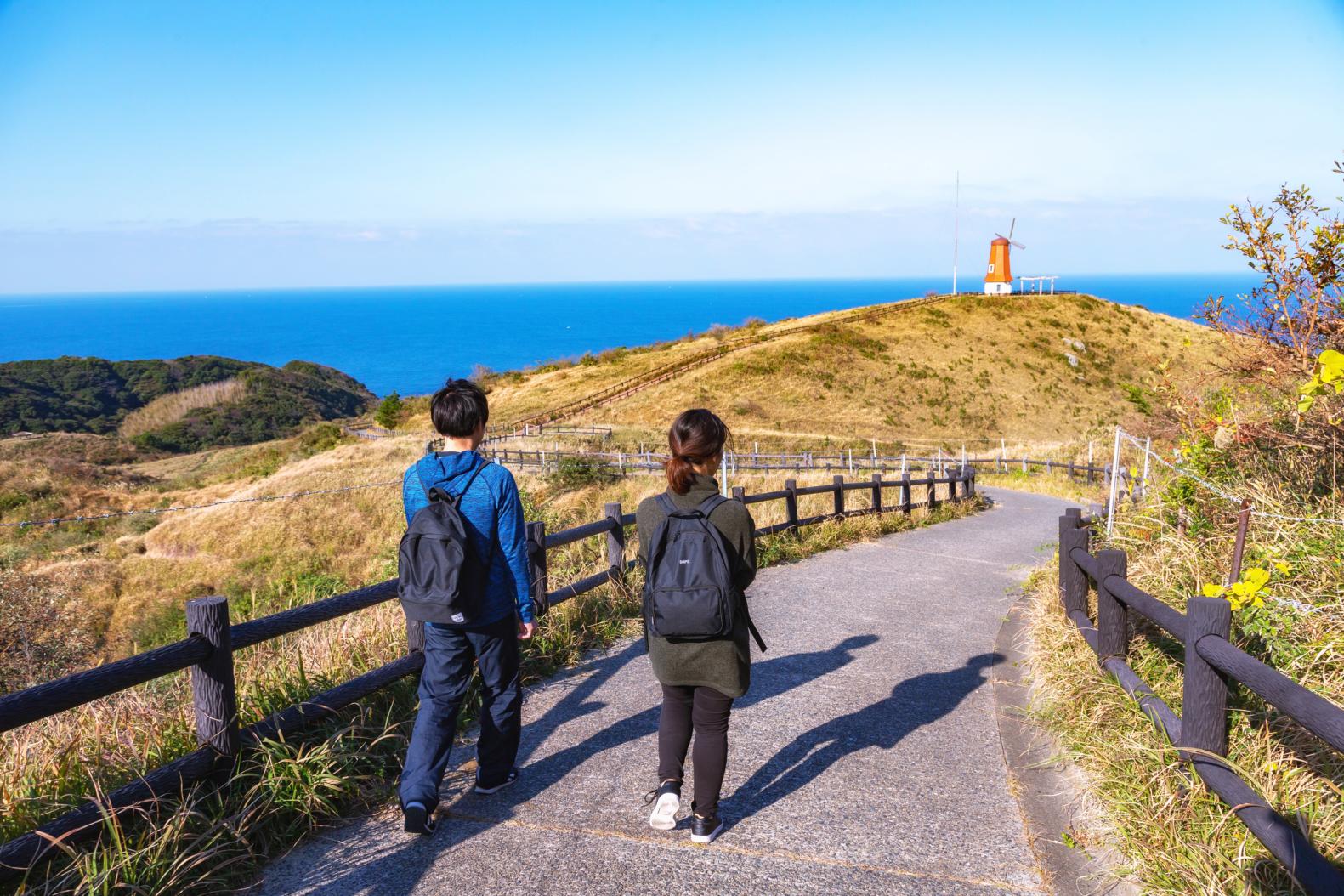
(2) Munakata-Oshima Course
View moreThe Munakata/Oshima course is located on the largest island in Fukuoka Prefecture. A 25-minute ferry ride from Munakata City's Konominato Port Ferry Terminal will take you to the island. You will be greeted by the grandeur of Mt. Ontake towering high behind the island.
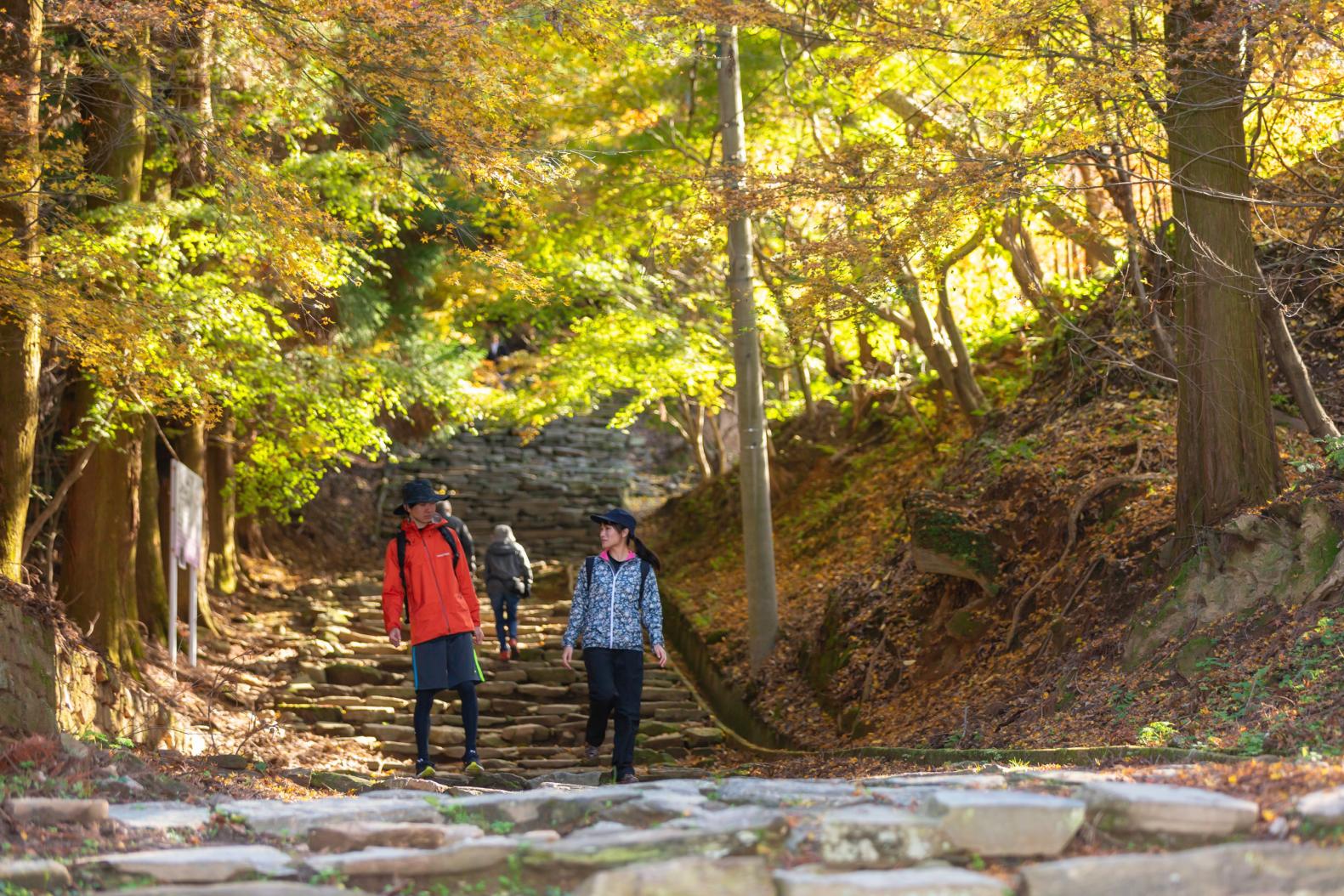
(3) Kurume-Mount Kora Course
View moreThe Kurume-Kora Mountain Course extends around Mt. Kora, which is cherished by the industrial city of Kurume. Kora Taisha Shrine and other nationally designated important cultural properties and natural monuments, as well as the magnificent Chikugo River and the Chikugo Plain below.
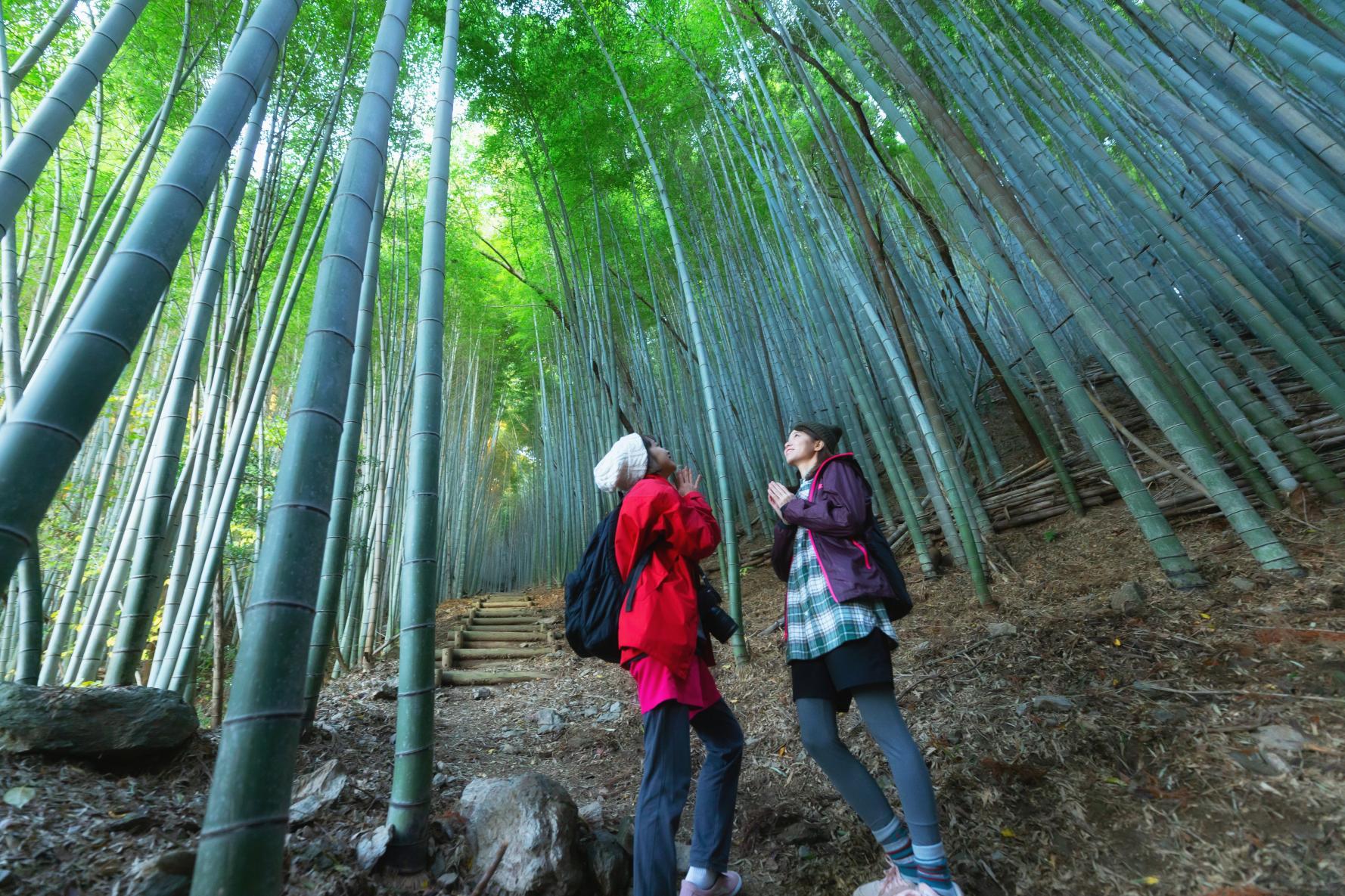
(4) Miyama-Mount Kiyomizu Course
View moreThis course takes visitors from the Zoyama Historic Forest Park to Roadside Station Miyama via Kiyomizu Temple, a mountain gate surrounded by history and nature. Passing through a mysterious bamboo grove, visitors can enjoy the brilliant cherry blossoms and autumn leaves, and from the observatory at the top, the Chikugo Plain can be seen.
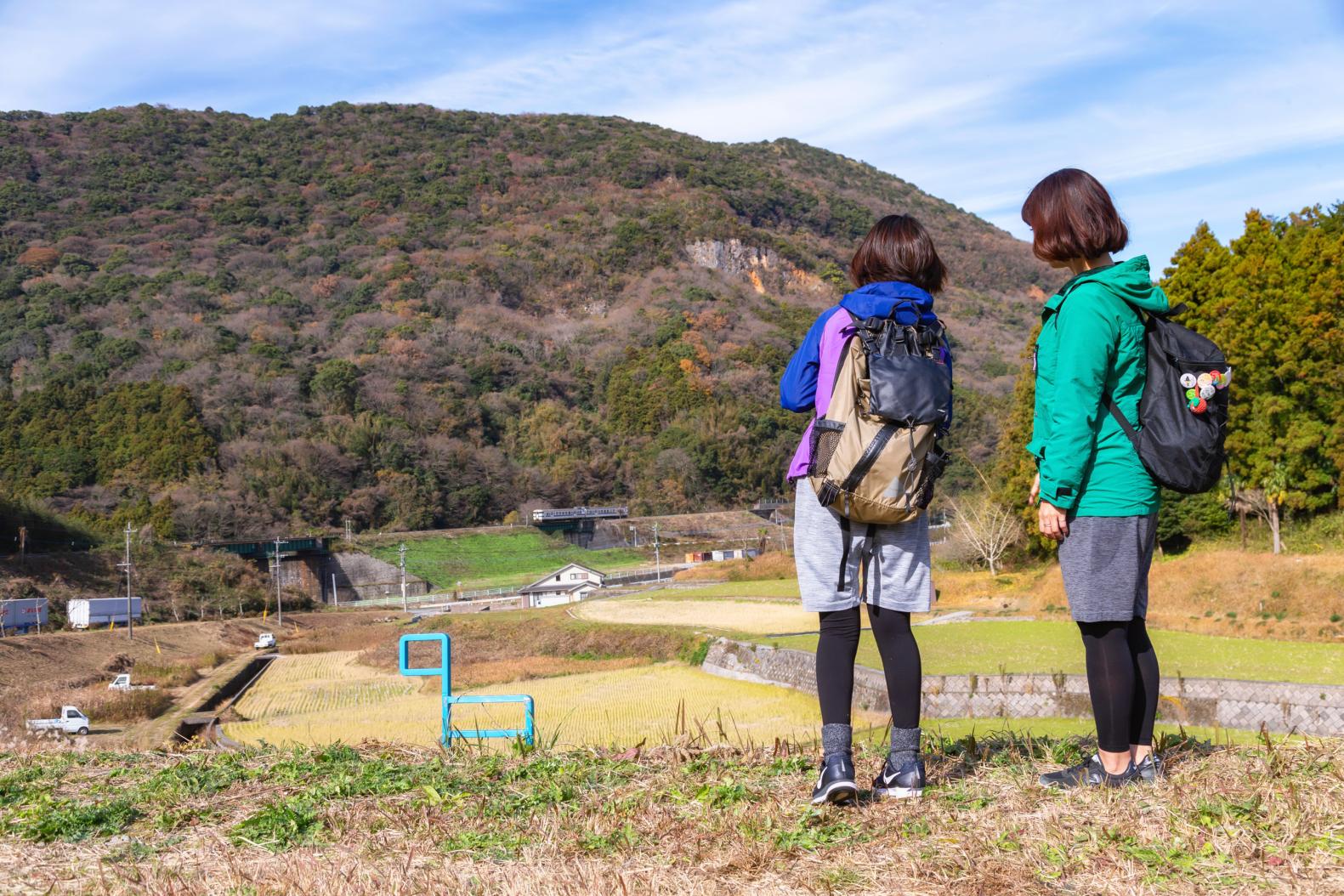
(5) Chikuho-Kawara Course
View moreKawaramachi has been a strategic transportation point since ancient times. In the Edo period (1603-1867), the town flourished as an inn town, and at the end of the Edo period (1603-1867), the town was the seat of a feudal domain. The course starts and ends at the JR station and winds along the Hita Hikosan Line. The course winds along the Hita-Hikosan Line, allowing visitors to experience history and culture, as well as visit power spots.
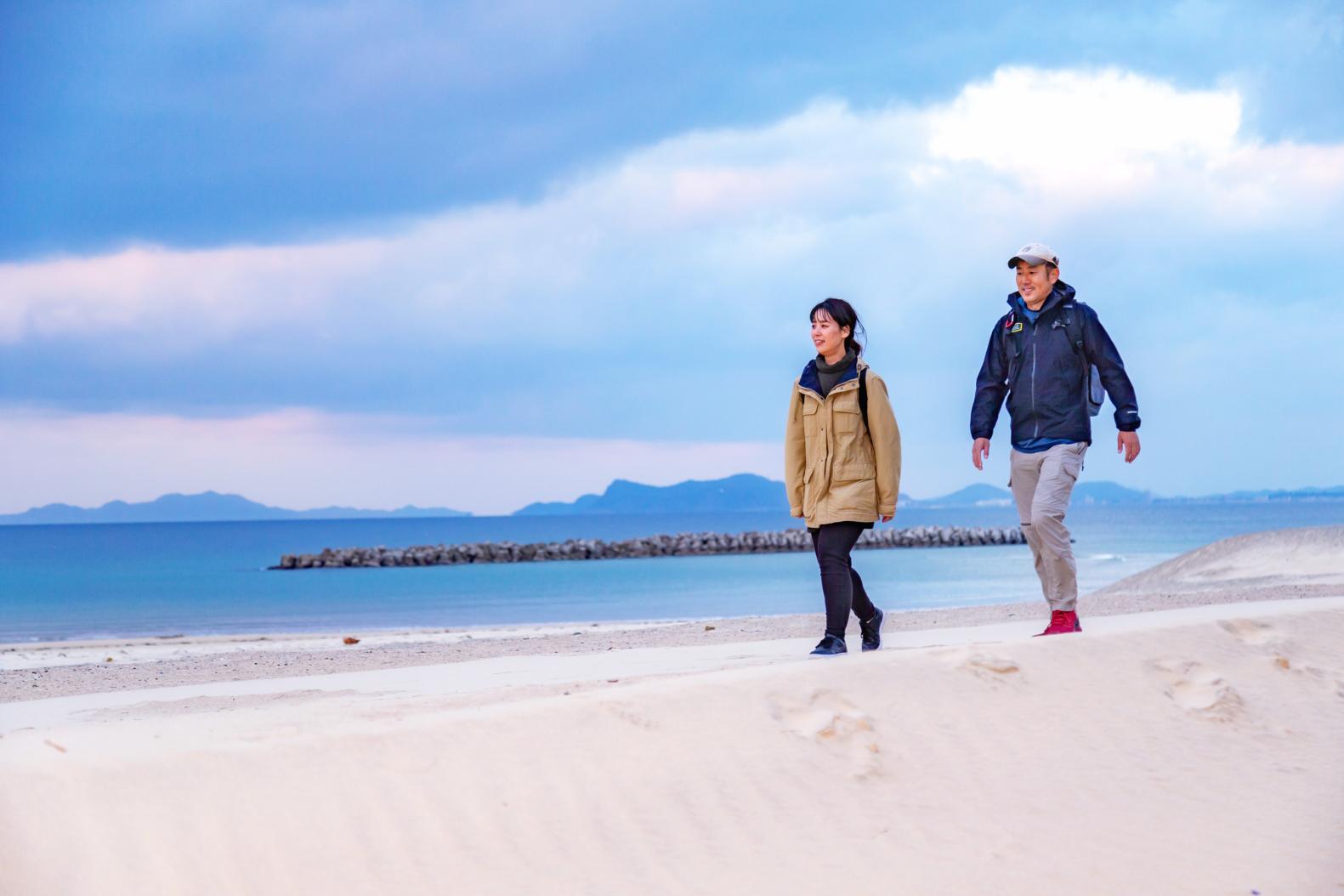
(6) Fukuoka-Shingu Course
View moreThis varied course passes through an area of quiet countryside and tangerine orchards, through an urban area where many people come and go, and leads to Tate no Matsubara, which has protected people's lives, and the Shingu Coast, which nurtures the rich bounty of the sea.
Forest Therapy
Forest therapy helps to relax your mind and body while you enjoy the forest. Ukiha City, which has beautiful terraced paddy fields surrounded by forests and clear streams, has preserved not only its natural beauty, but also the traditional atmosphere of its townscapes. Sasaguri Town, renowned as one of the three versions of the Shikoku Pilgrimage in Japan, has 88 temples spread out across a vast scenic area, and is visited by more than 1 million people across Japan every year. In Yame City, one can find many coniferous trees such as cedar and cypress, which are rich in phytoncides that have a relaxing effect. In Buzen City, various workshops are held, and you can enjoy the vision of 15,000 colorful hydrangeas in June.
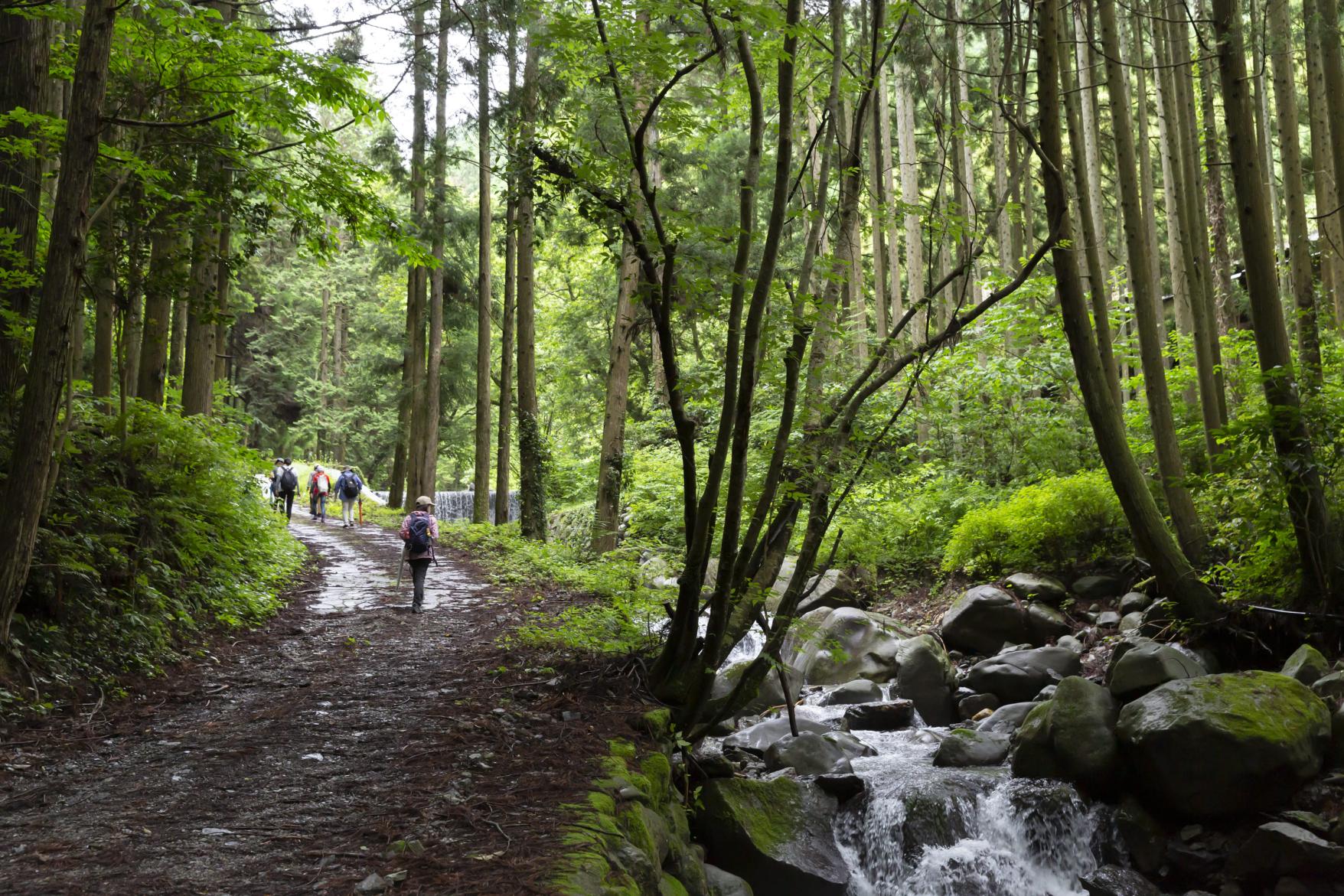
Forest Therapy Base, Ukiha
View moreThe therapy road in Ukiha Forest has two different courses: the Tsuzura Terraced Rice Field Course and the Choon Falls Course.
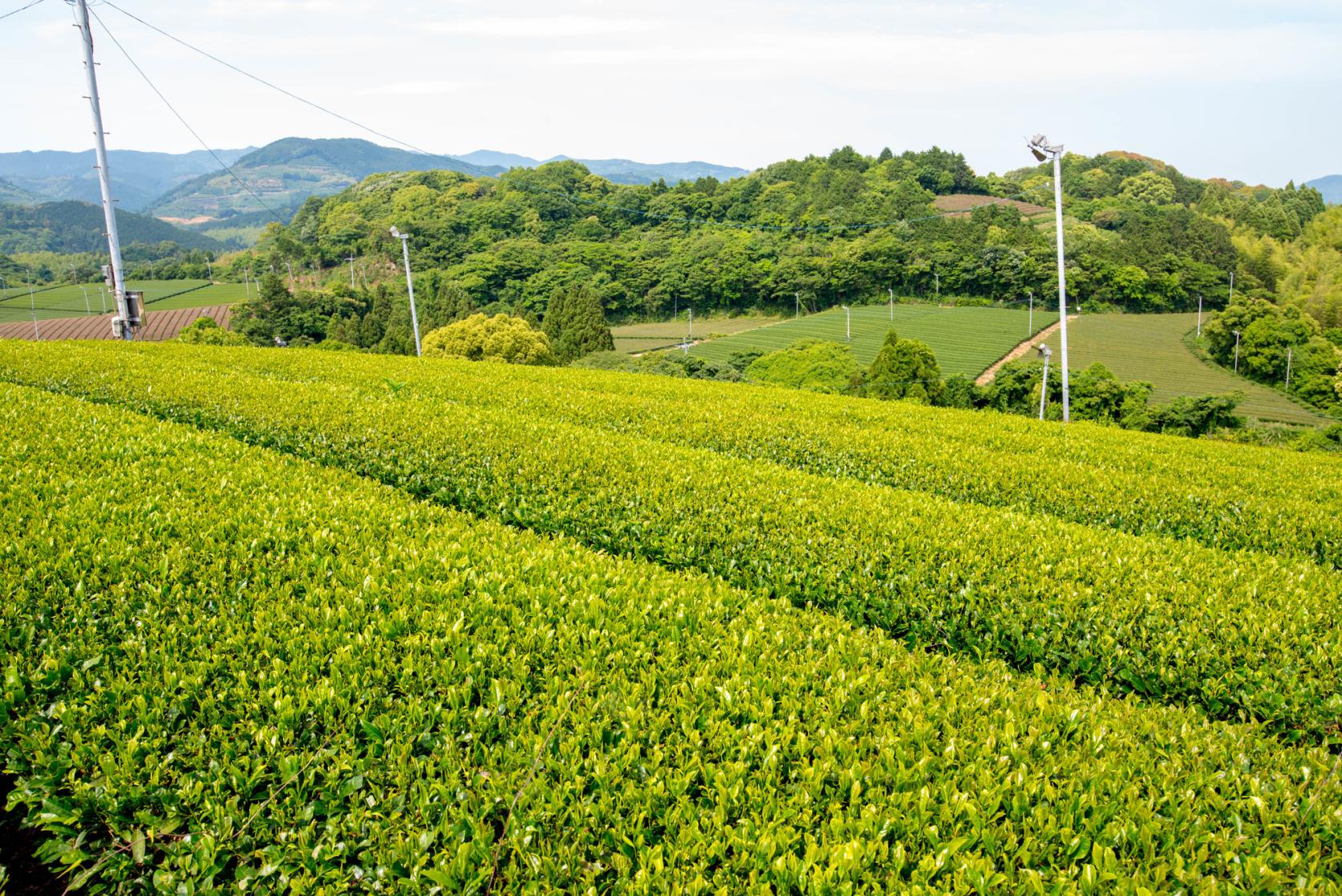
Forest Therapy Base, Yame
View moreThere are three courses stretching from east to west with "Kutsurogi-no-Mori Greenpia Yame" at the center, and each course can be combined to create an 8-km course suitable for those who are physically fit.
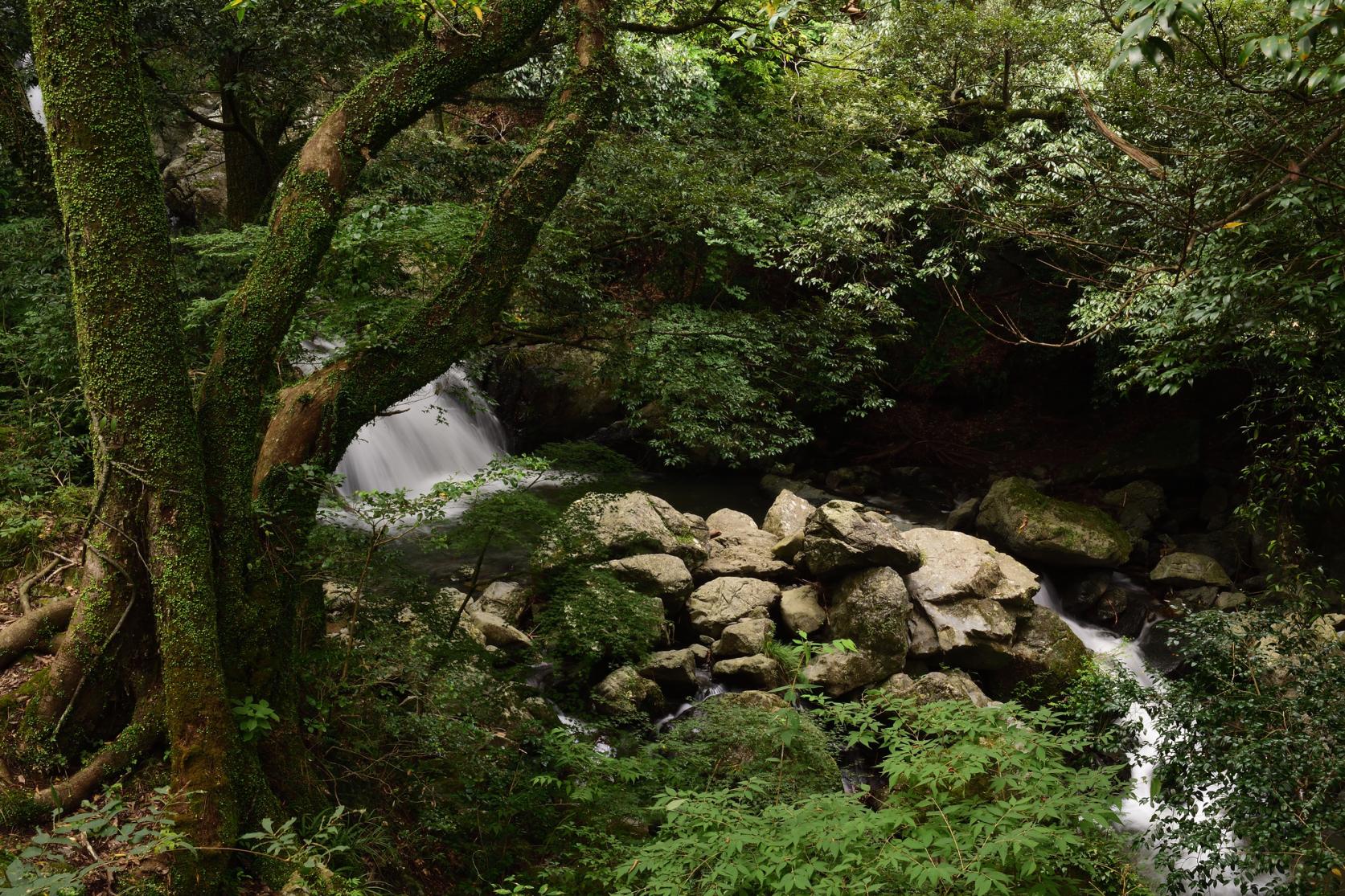
Forest Therapy Base, Sasaguri
View moreSasaguri Town is located 30 minutes by car from Fukuoka City. Although it is a bedroom town, it is blessed with a natural environment and has six walking paths with different atmospheres.
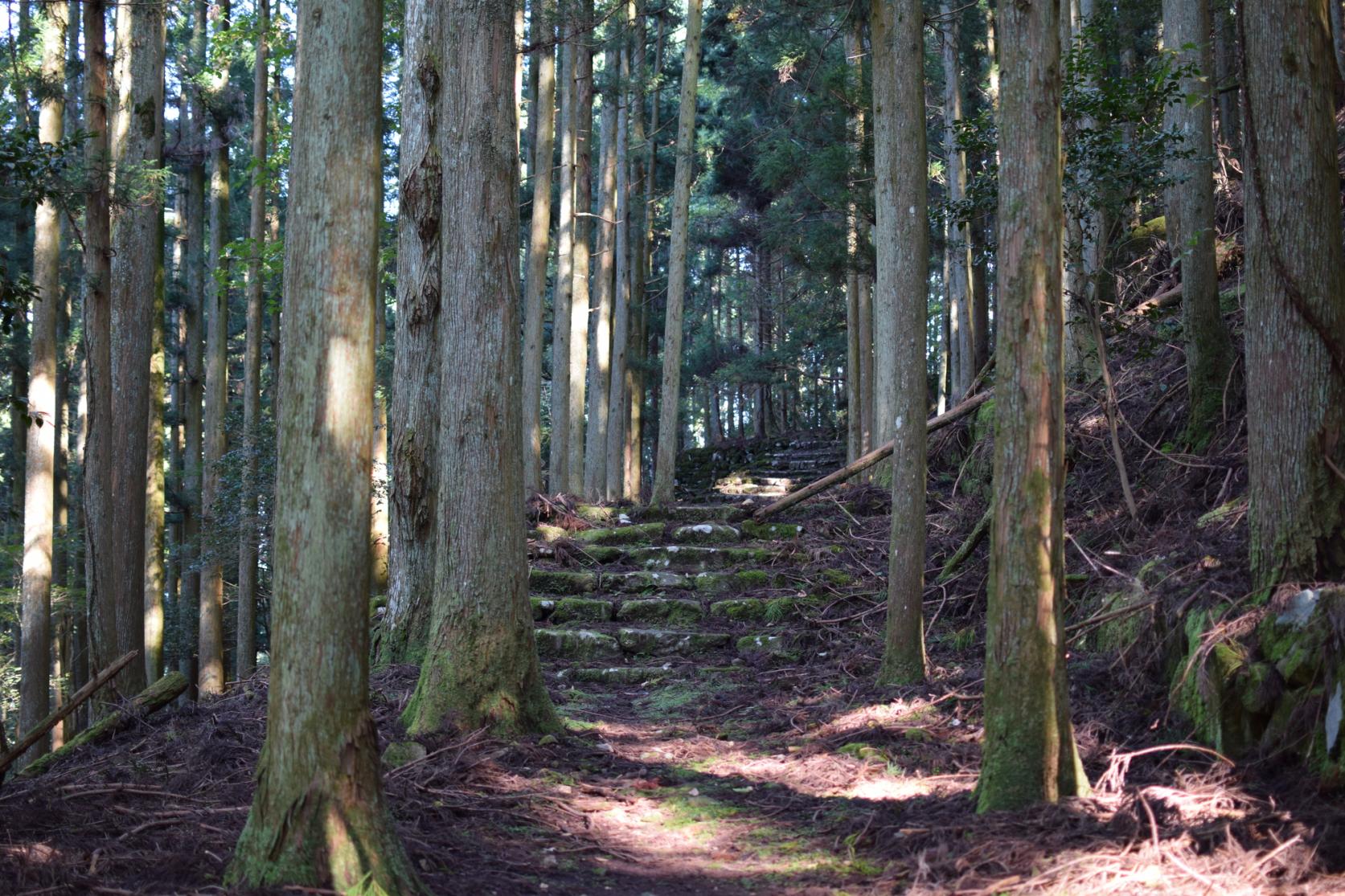
Forest Therapy Base, Buzen
View moreThis course allows participants to fully use their five senses, of which they are rarely aware, for 1.5 to 3 hours, strolling through the forest, enjoying a therapeutic lunch box, forest yoga, aroma experience, enzyme juice making, twig art craft, sutra copying, and more.


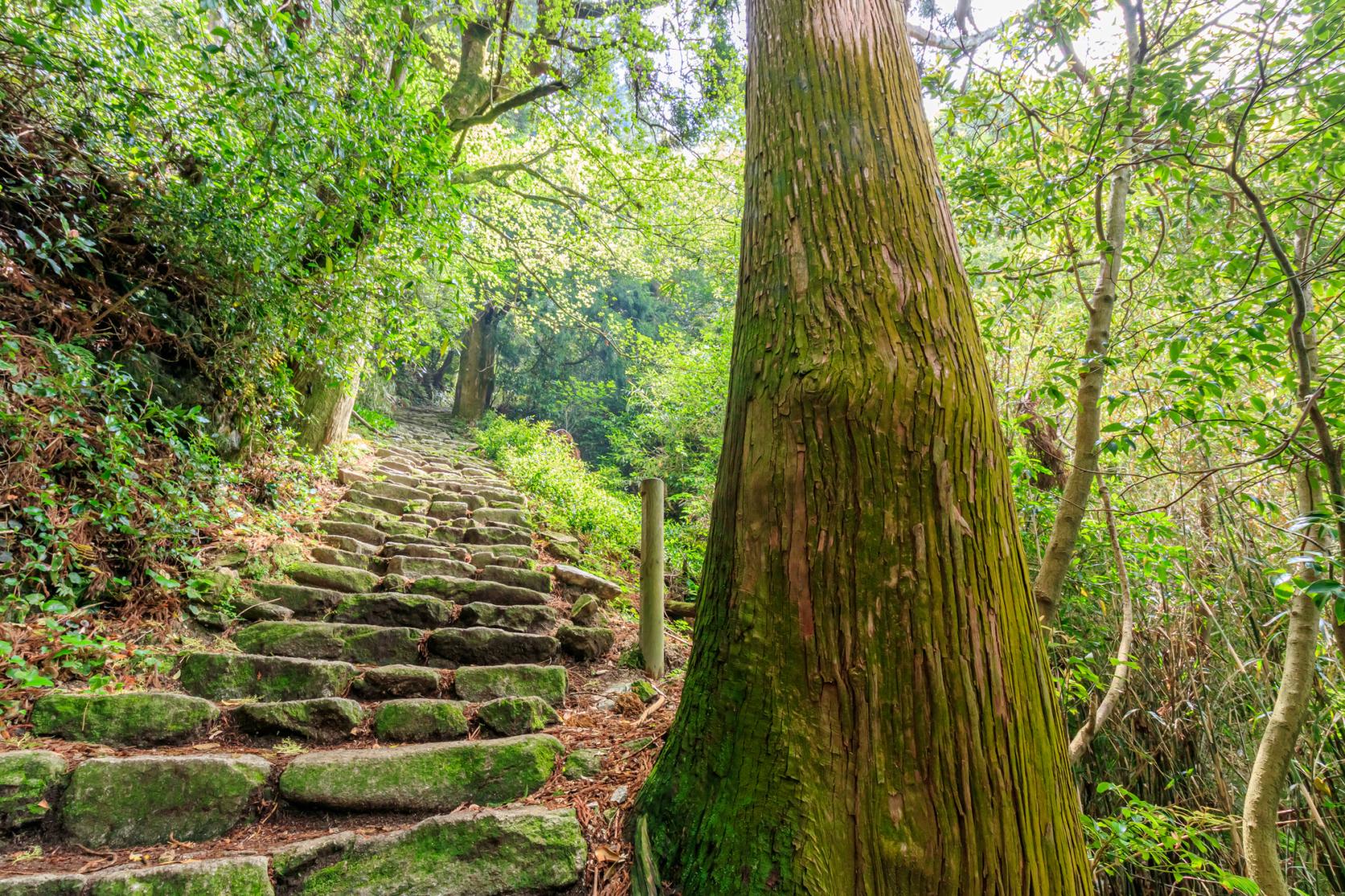
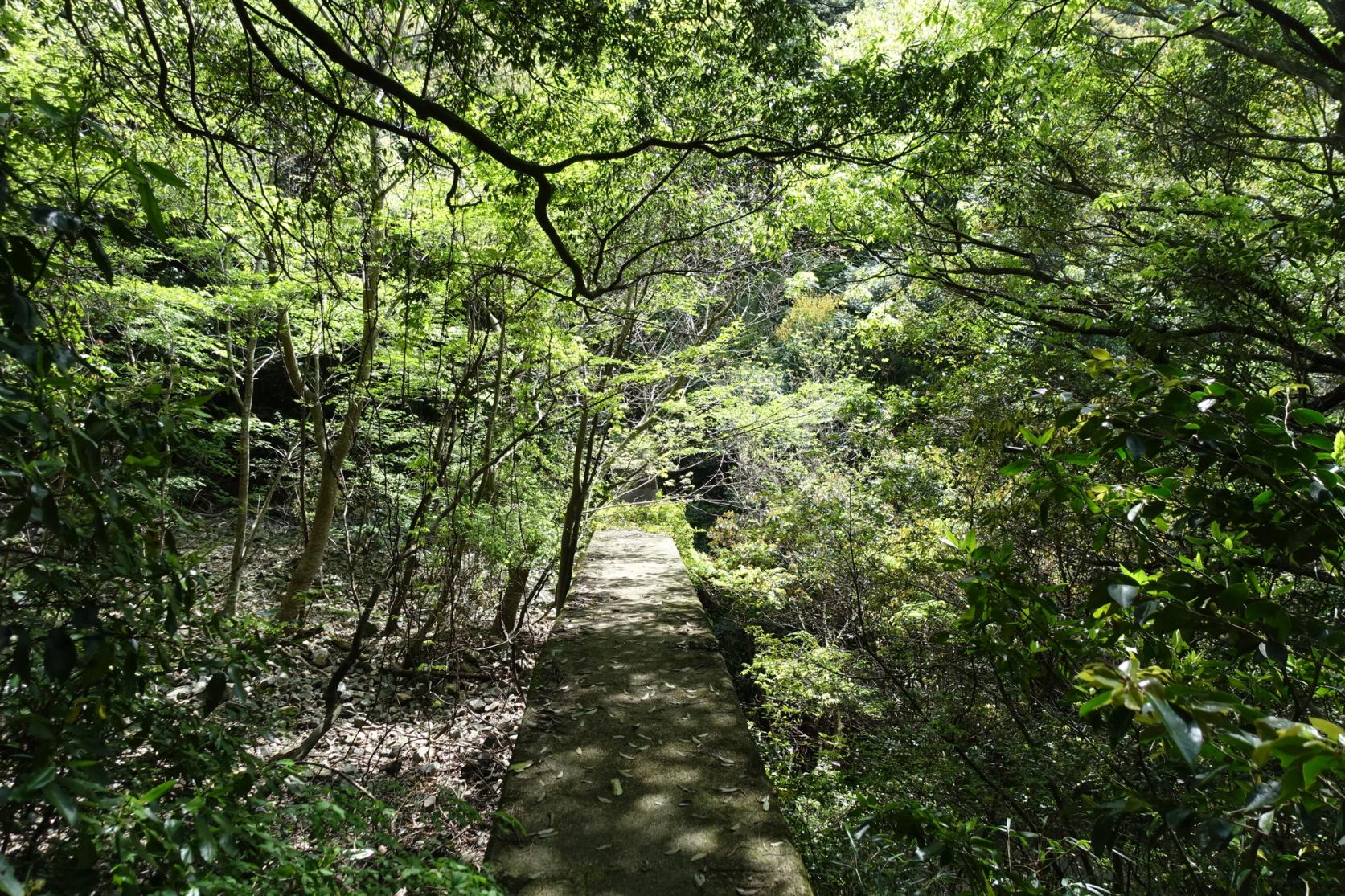
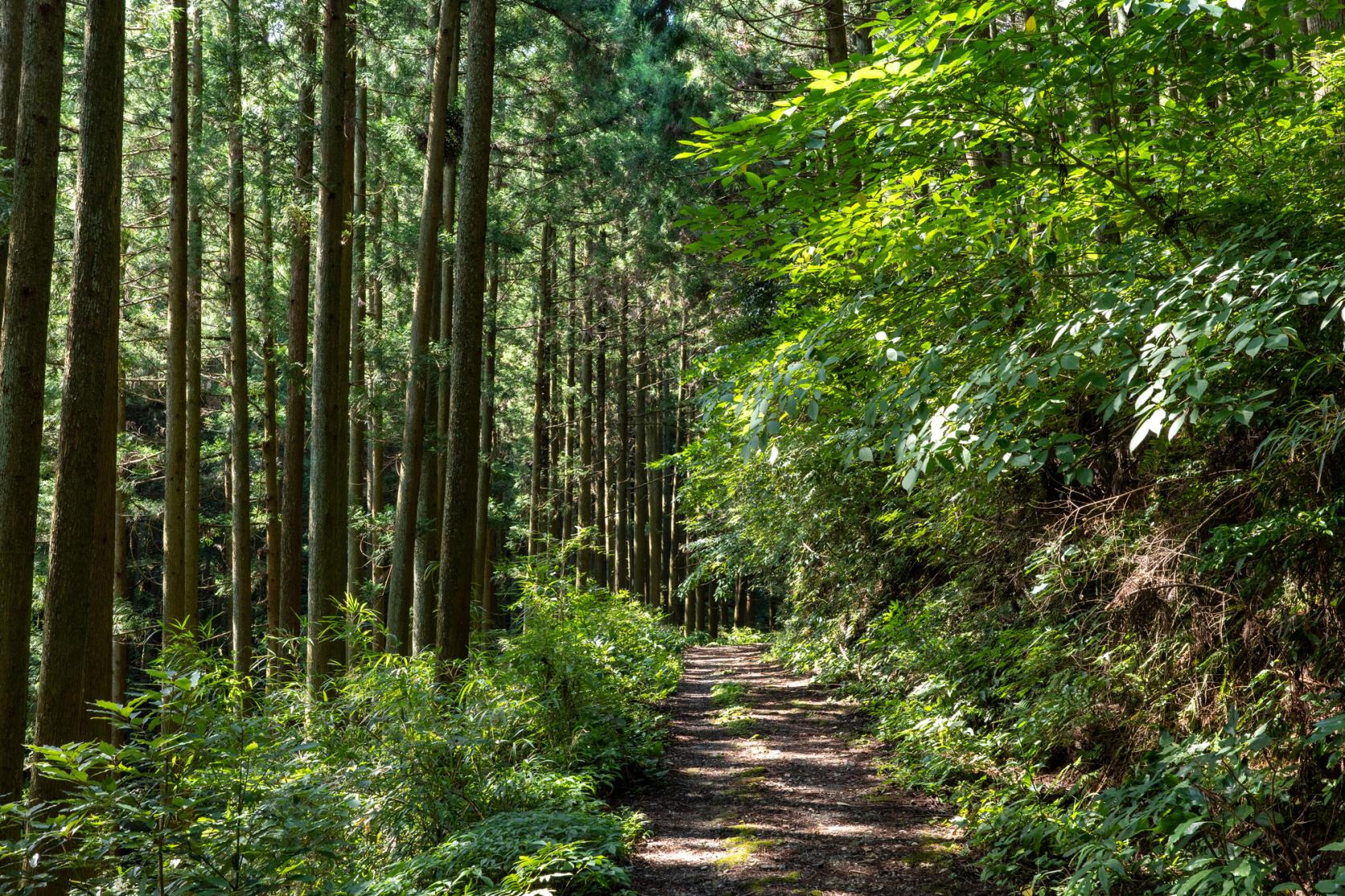
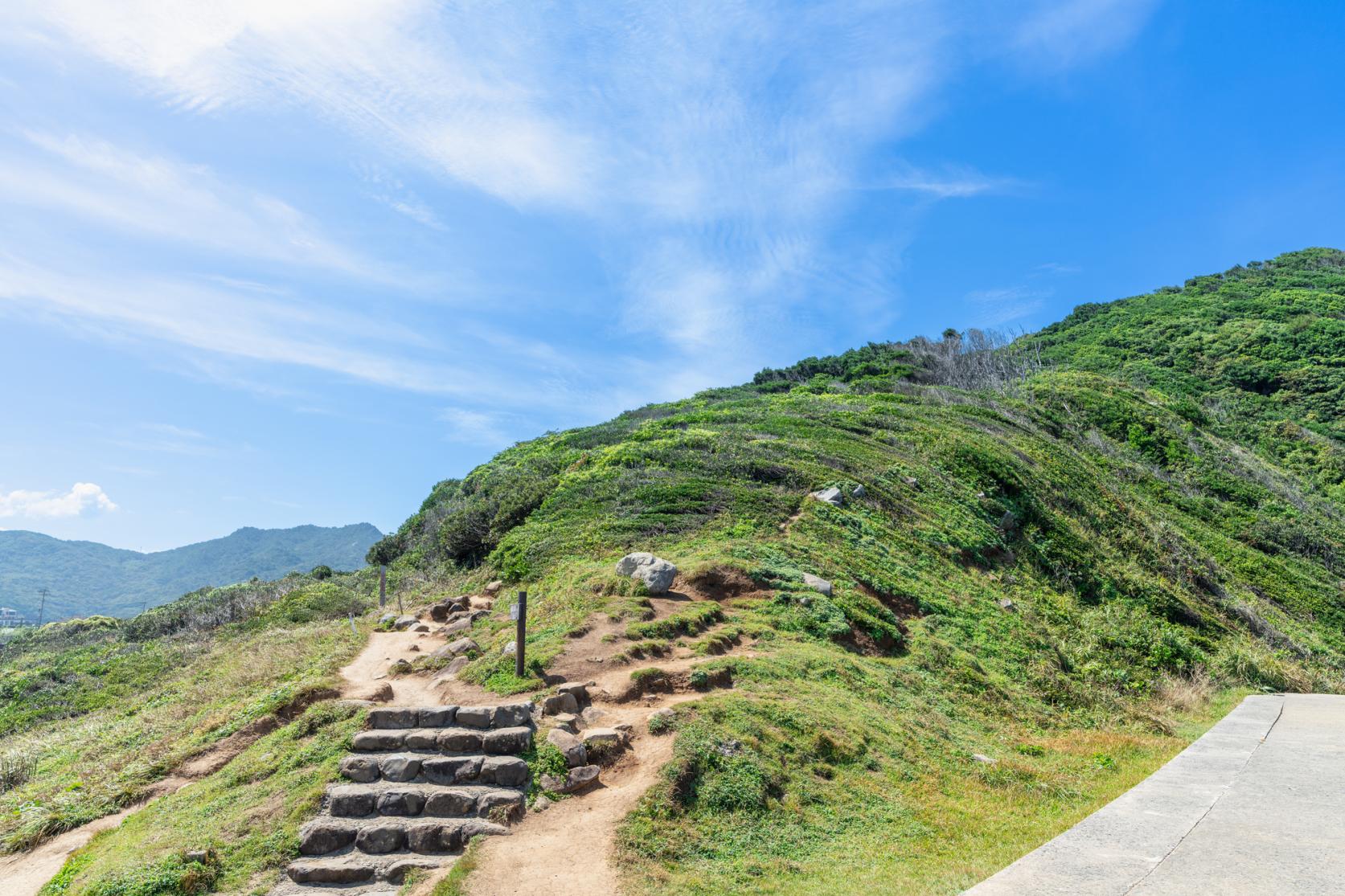
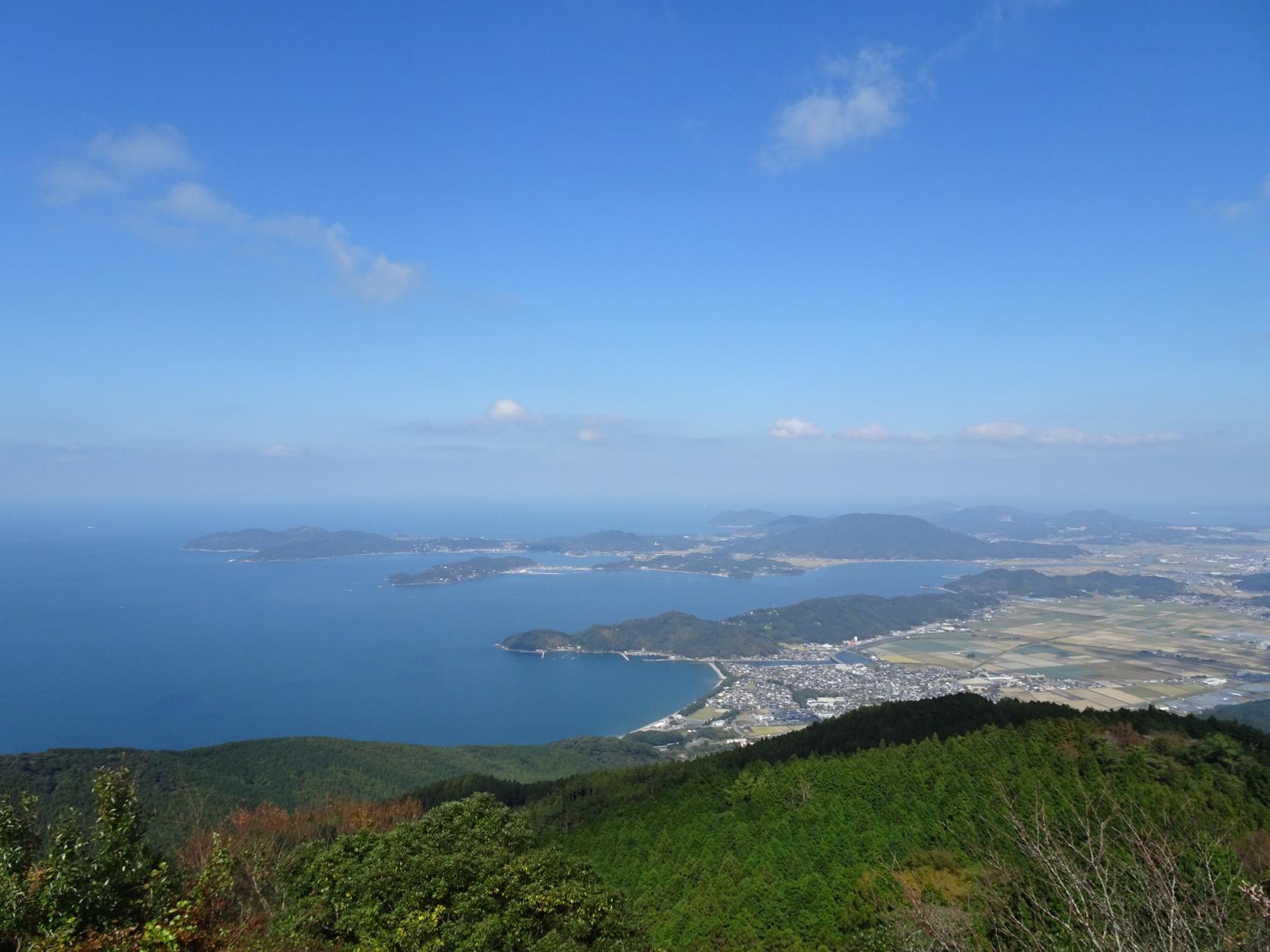
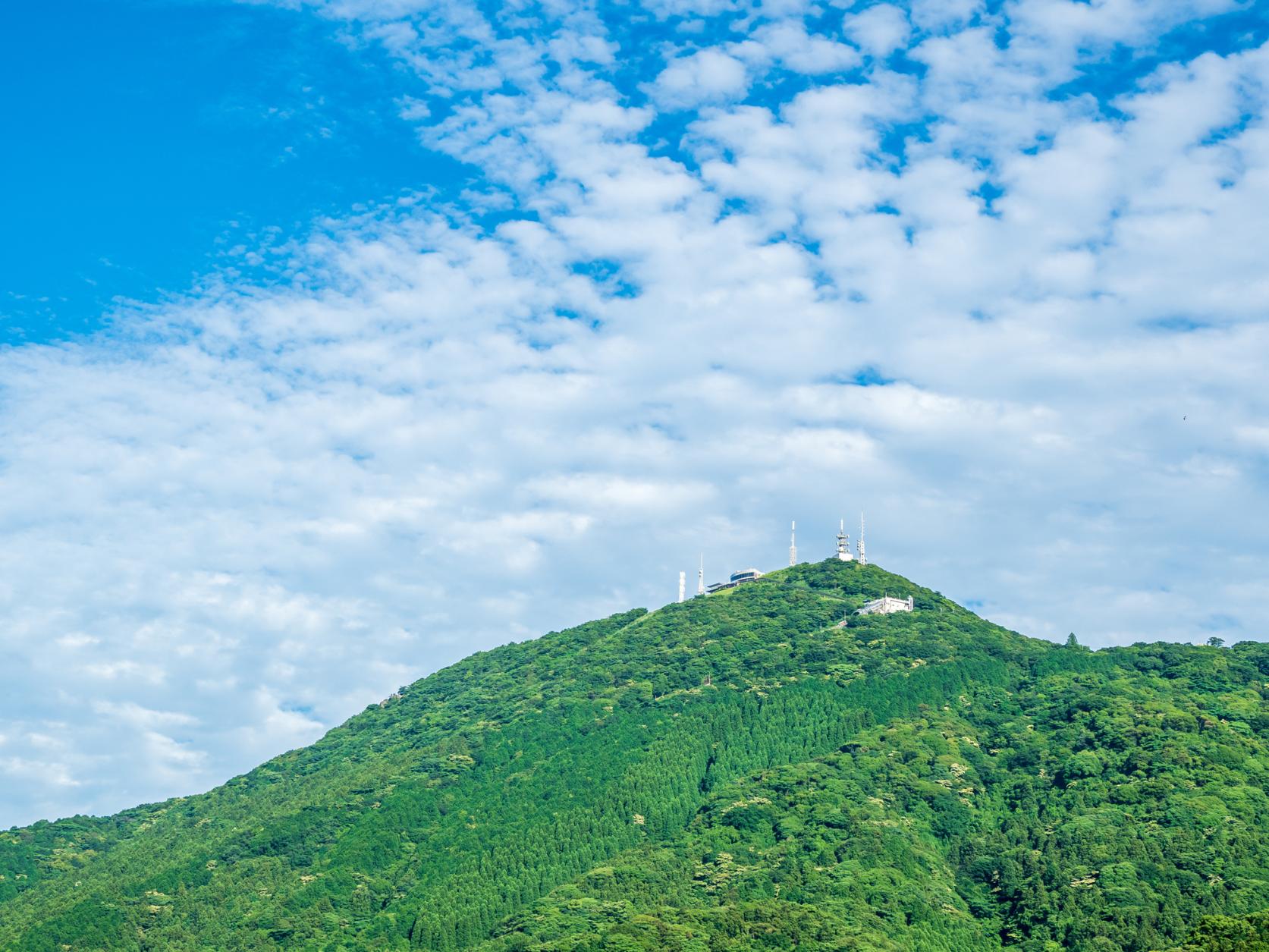
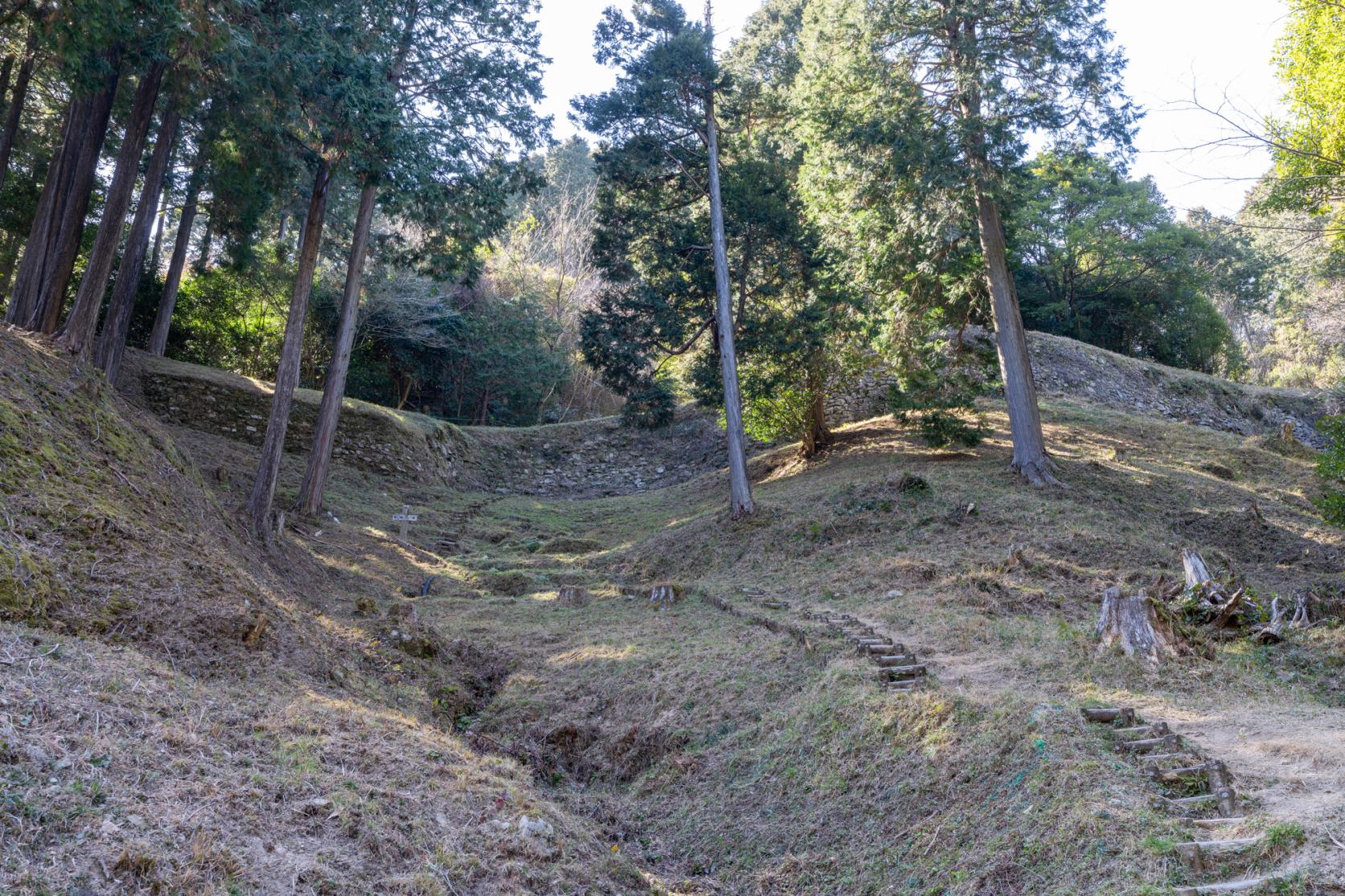
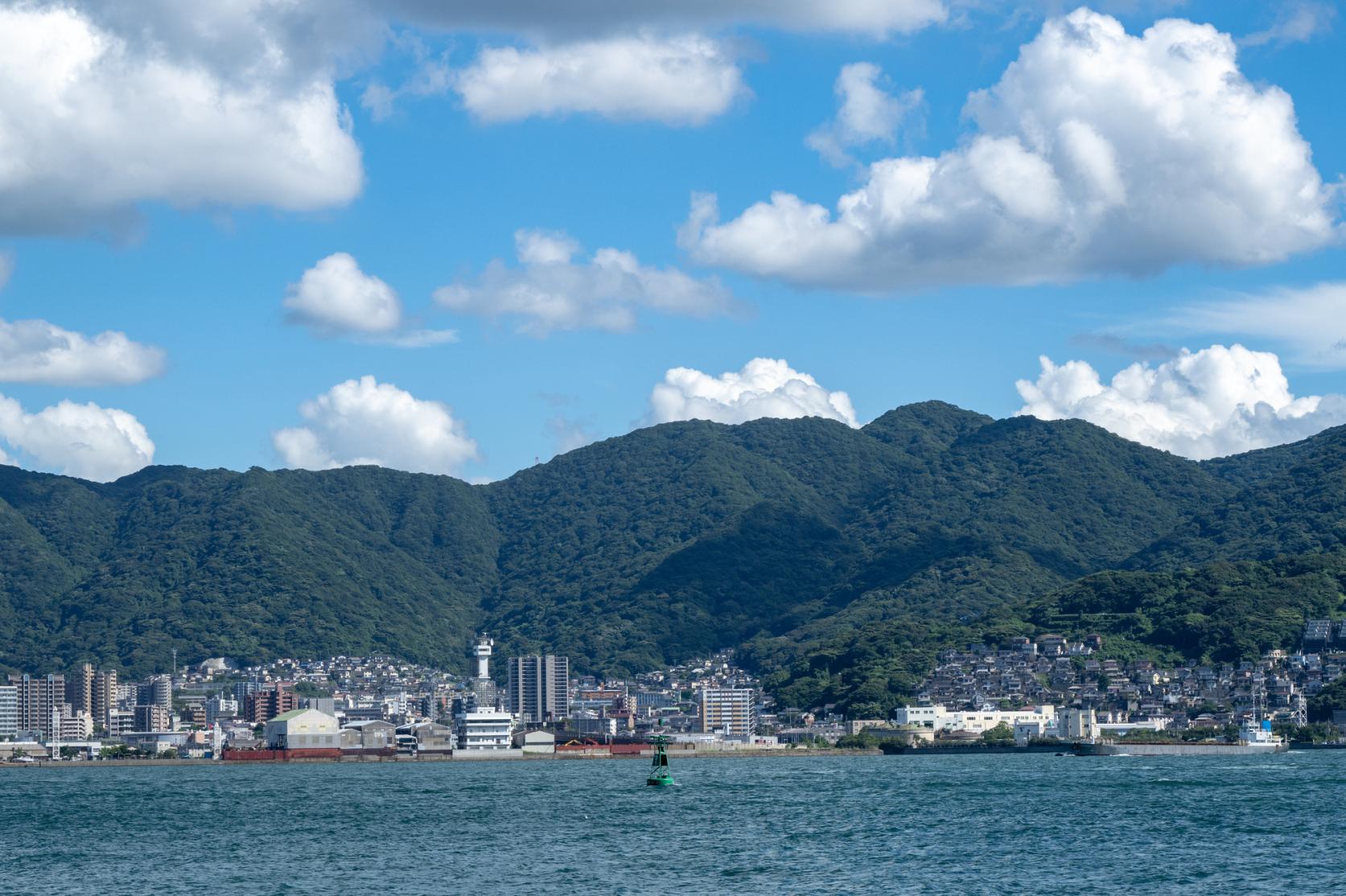
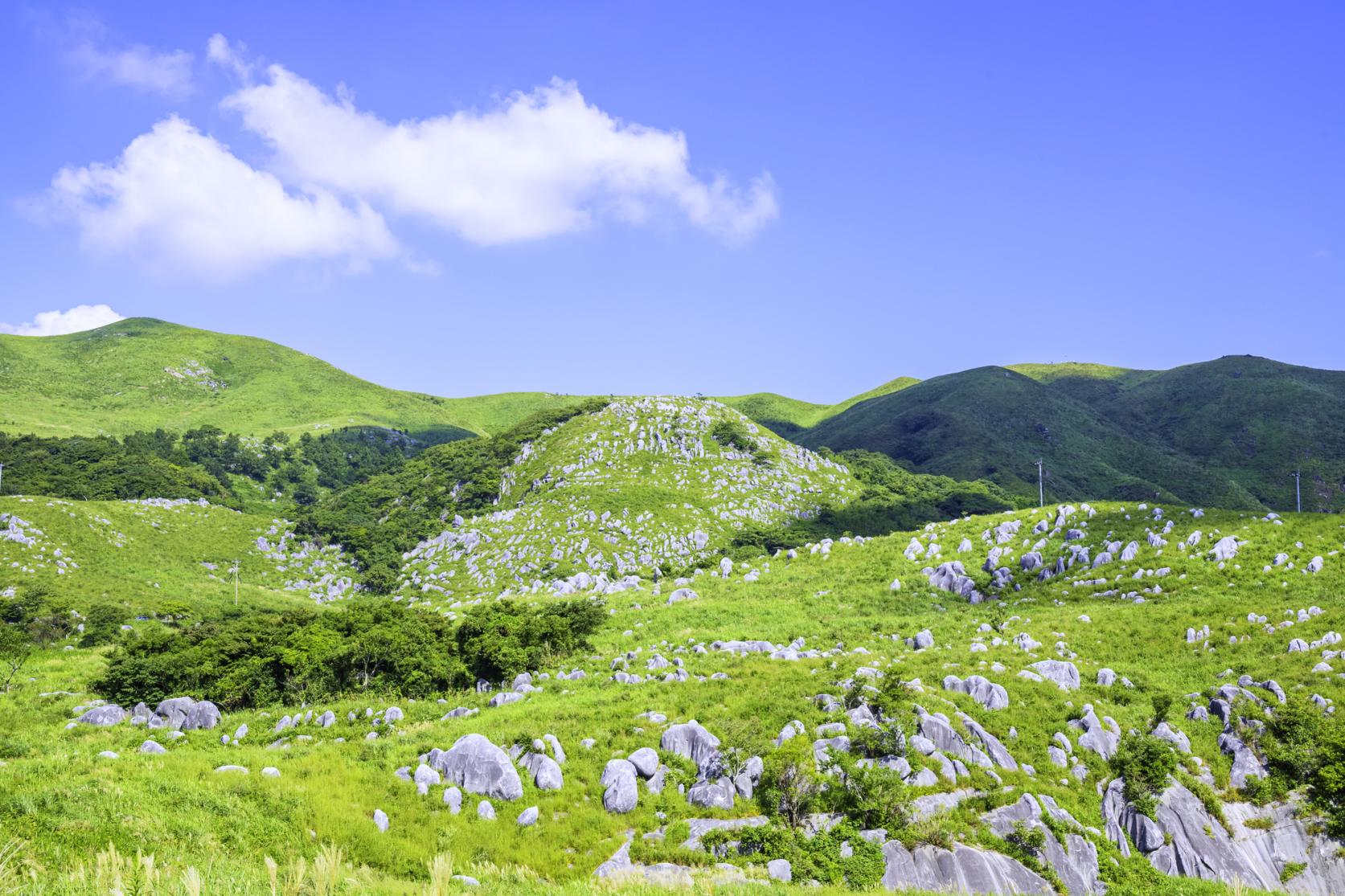
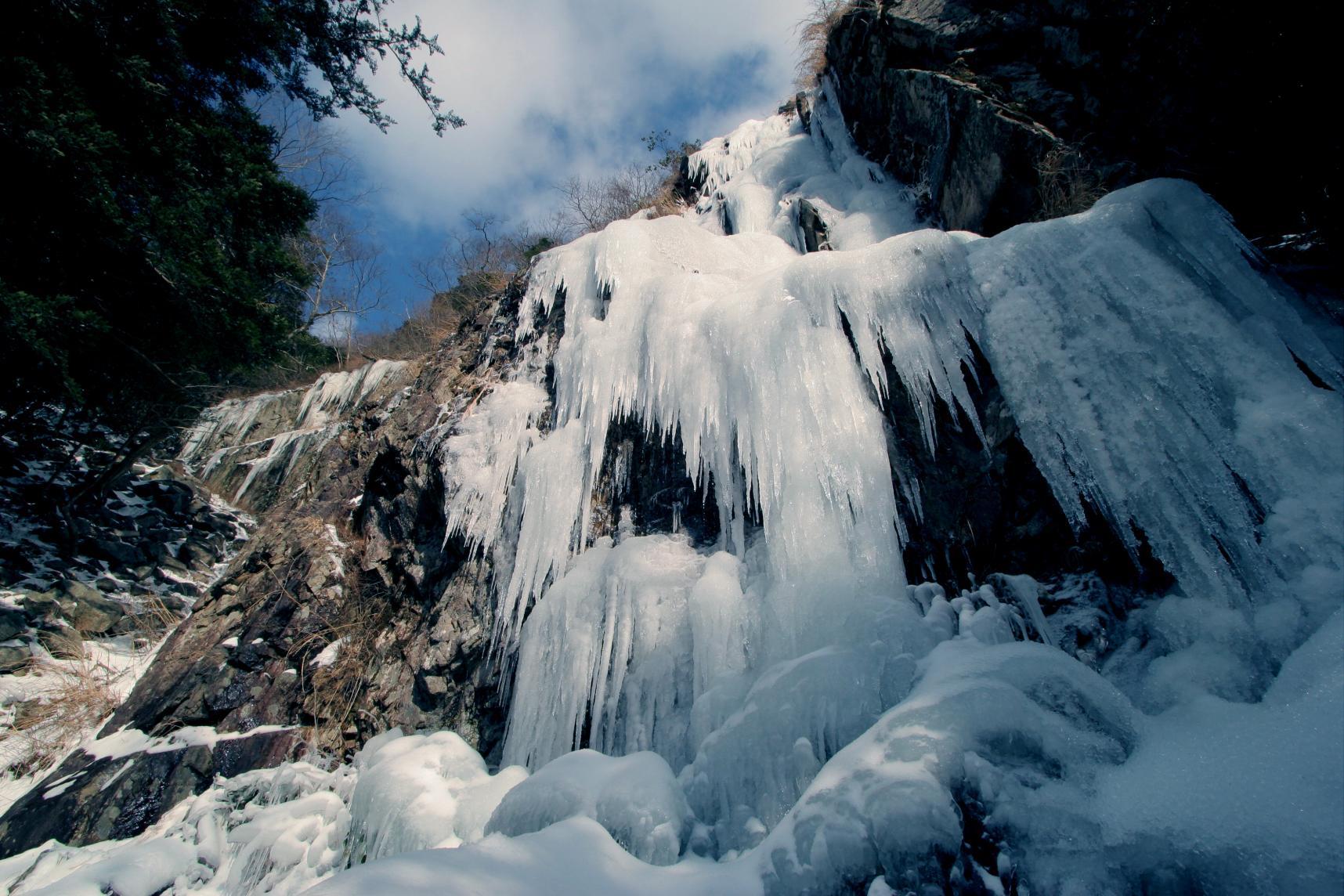
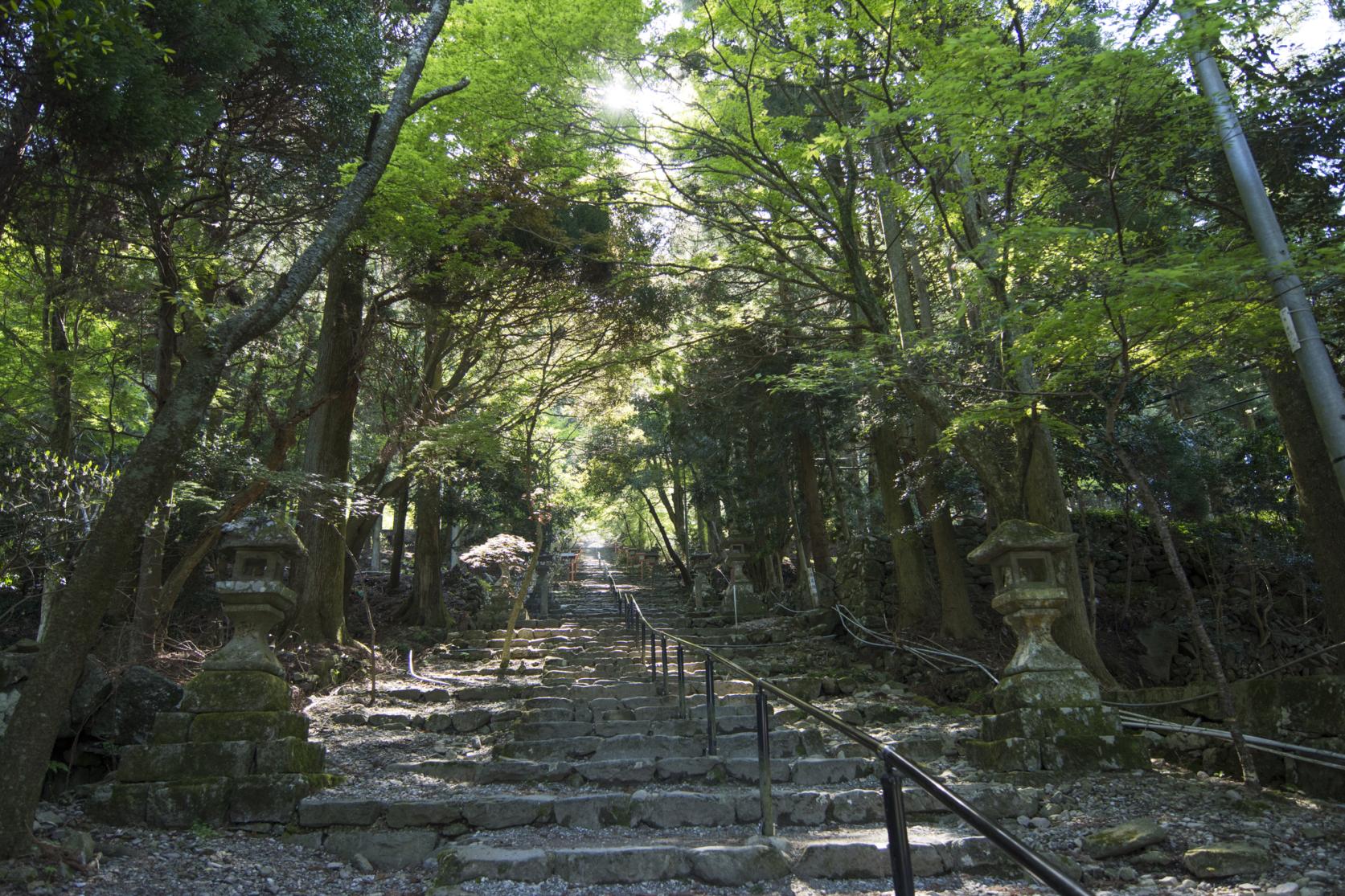
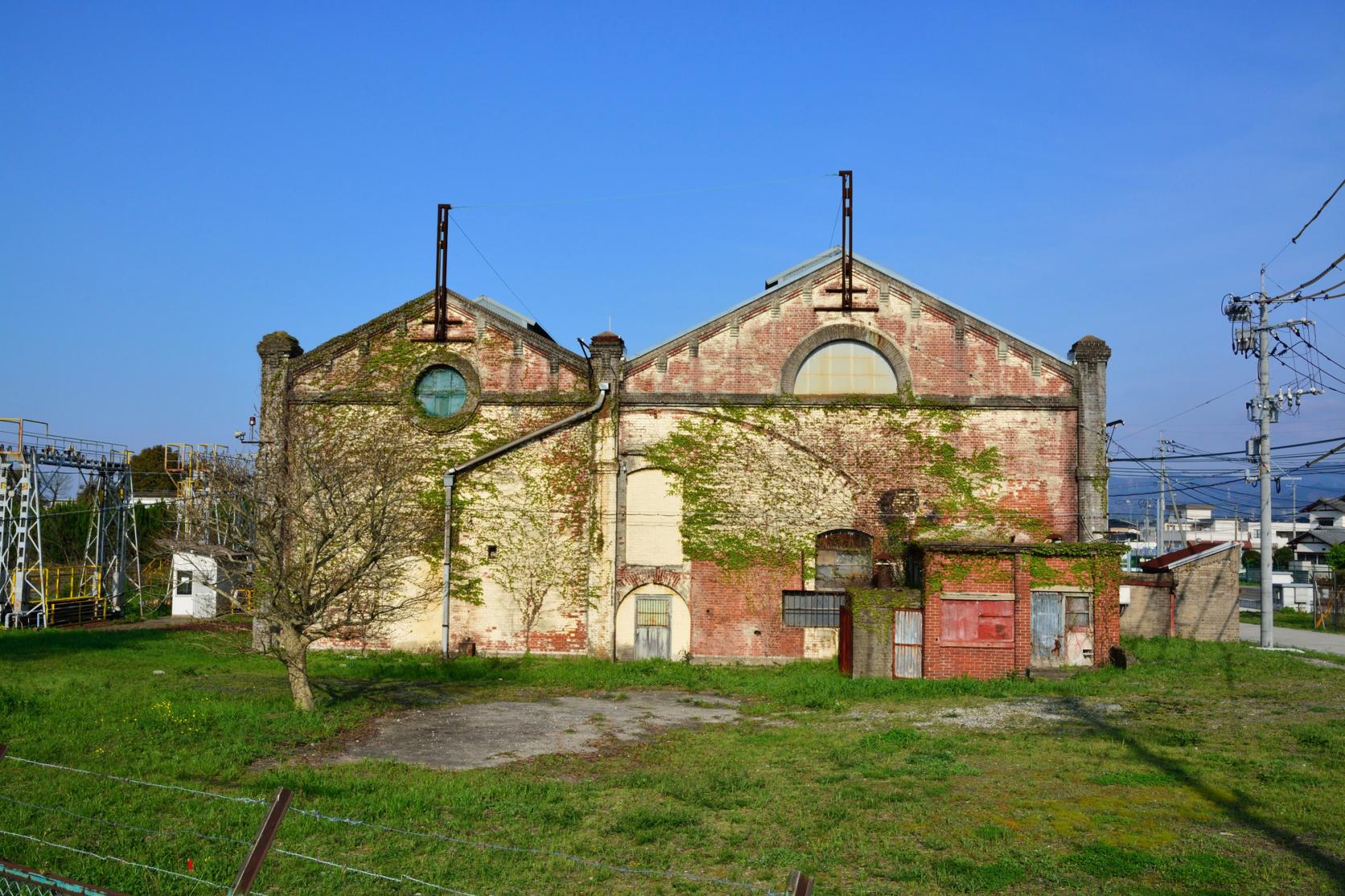
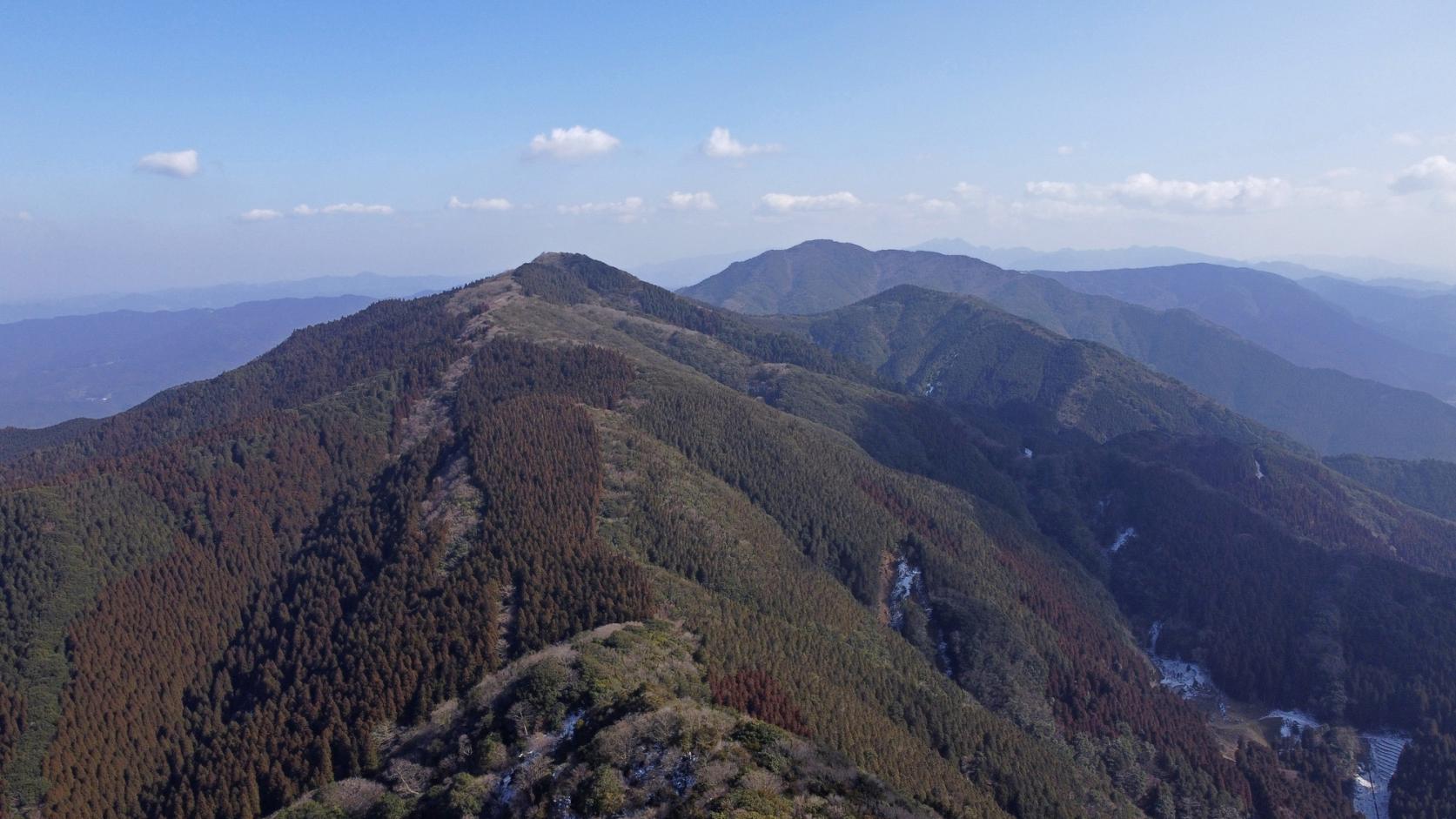
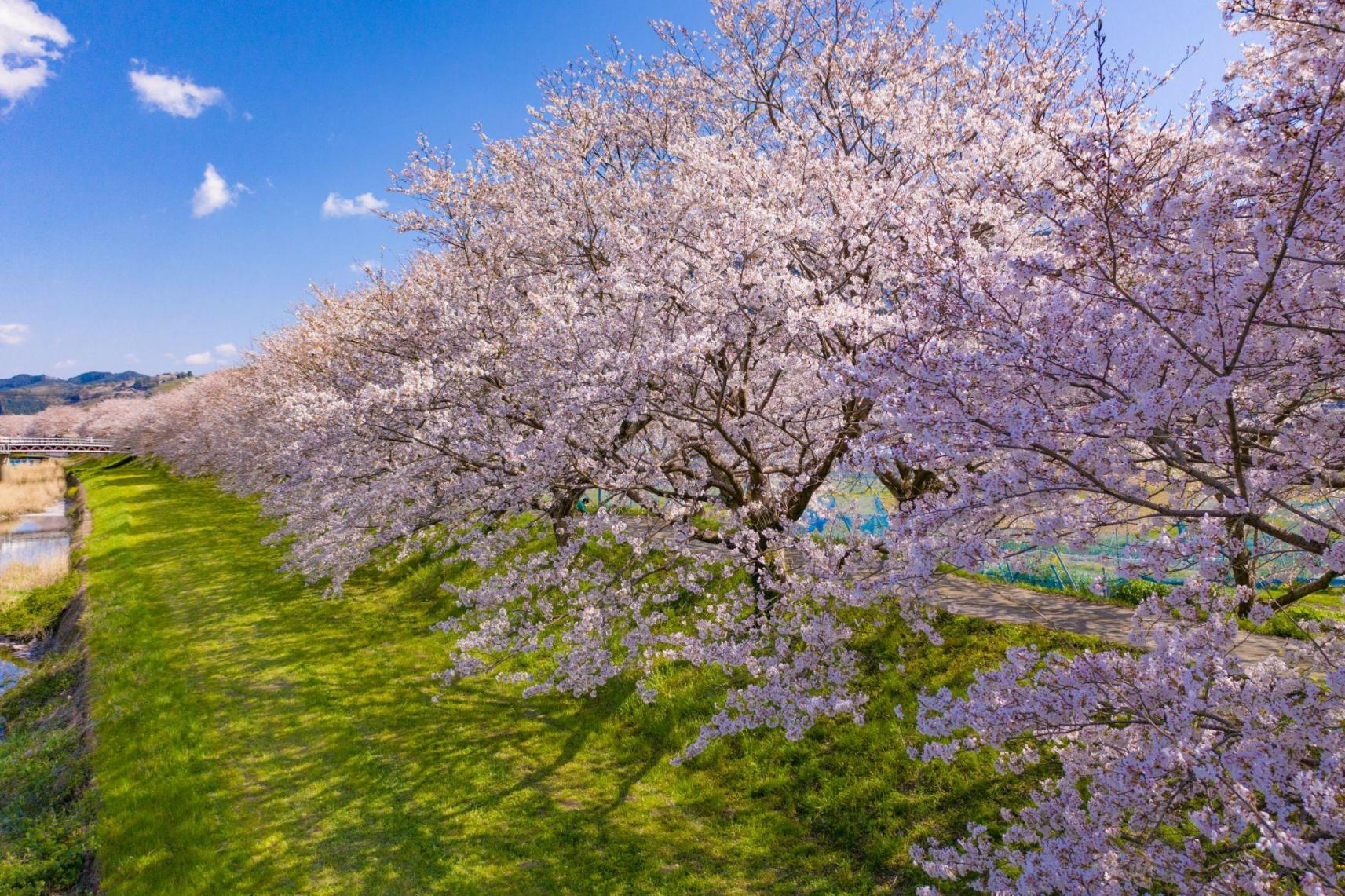
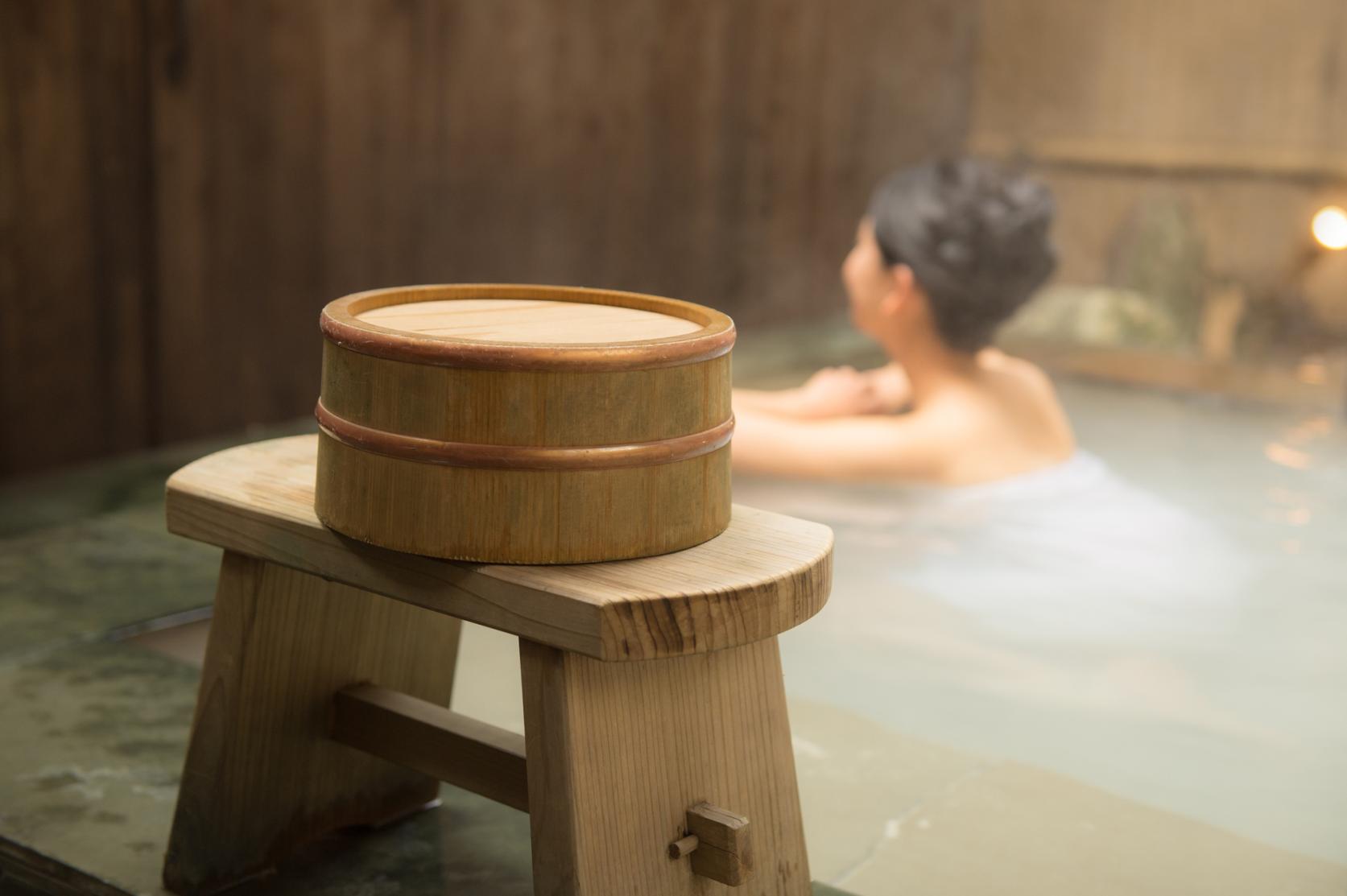
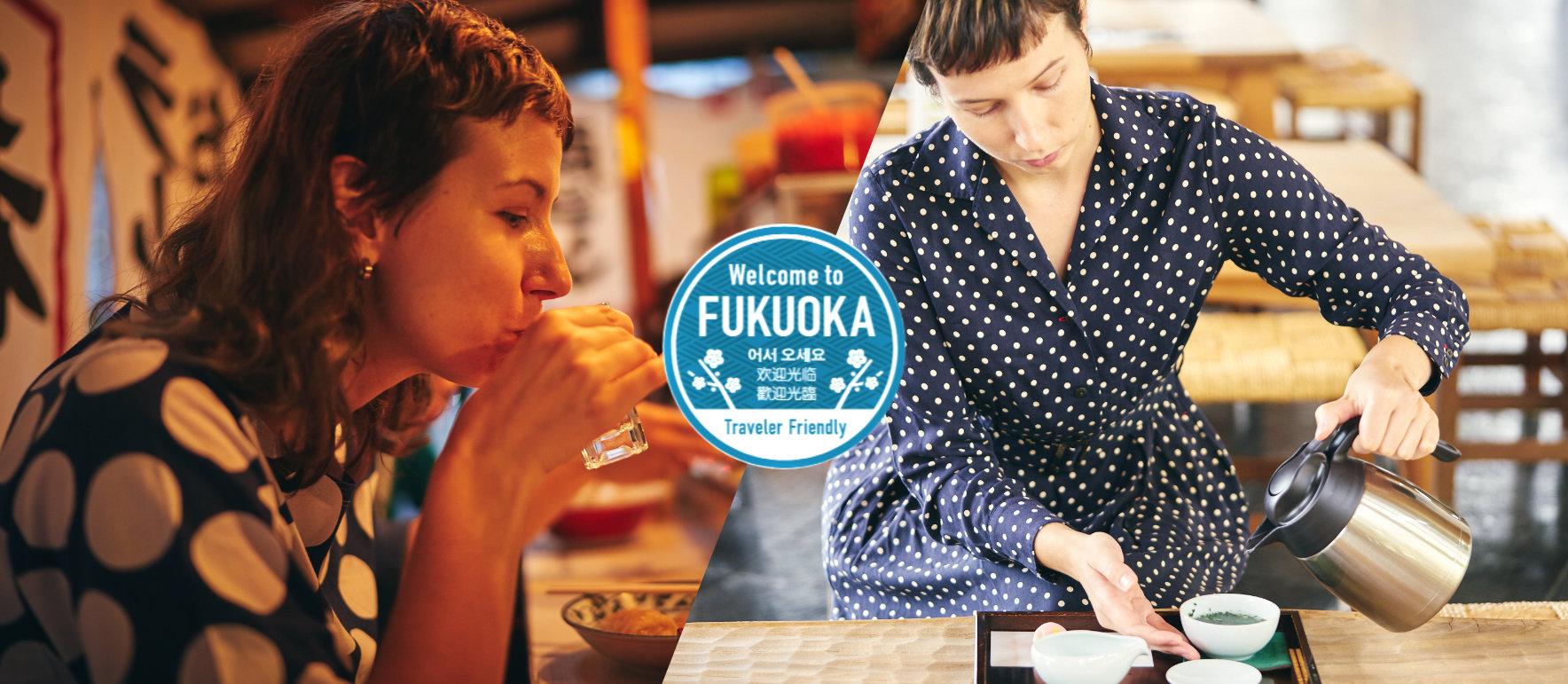
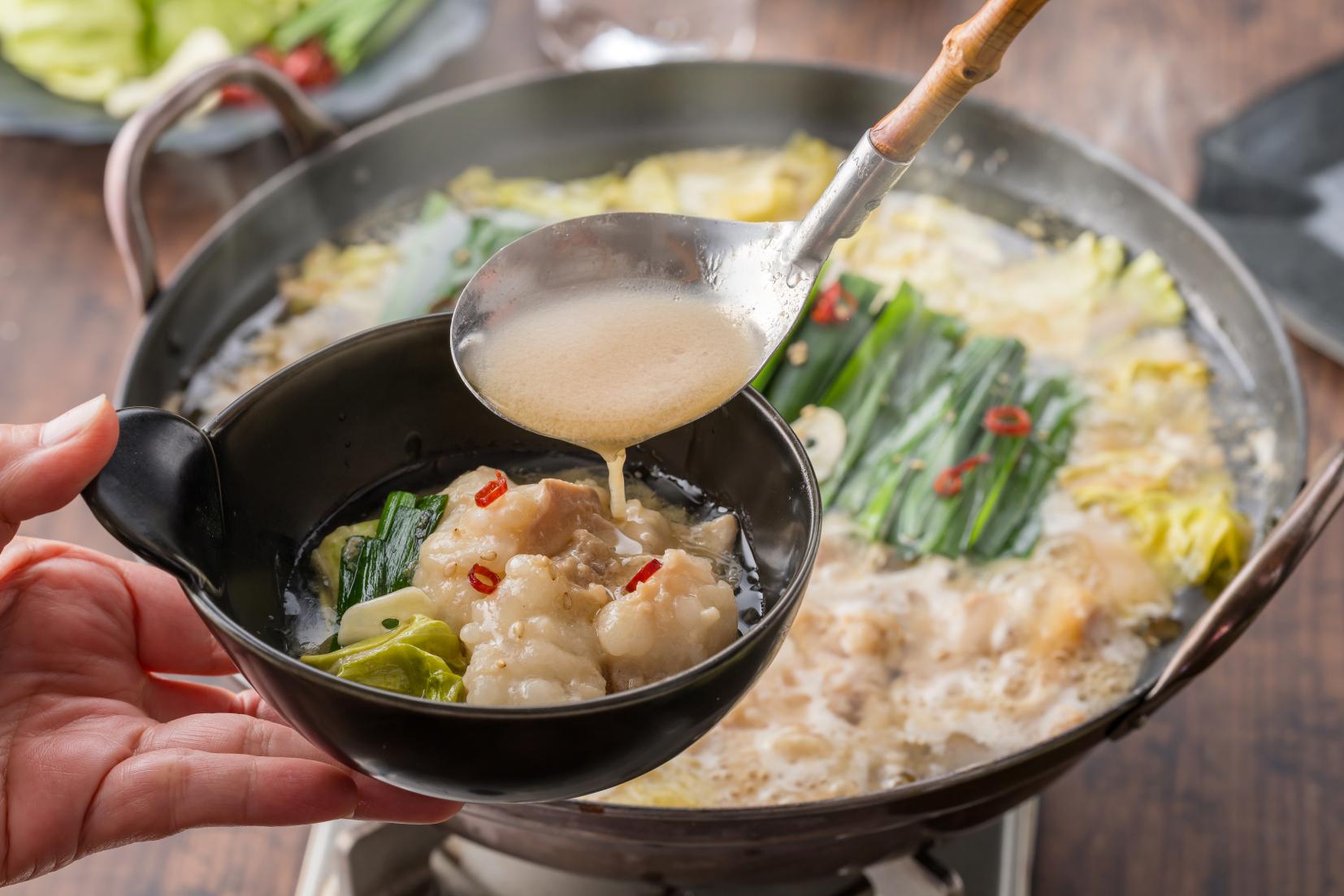
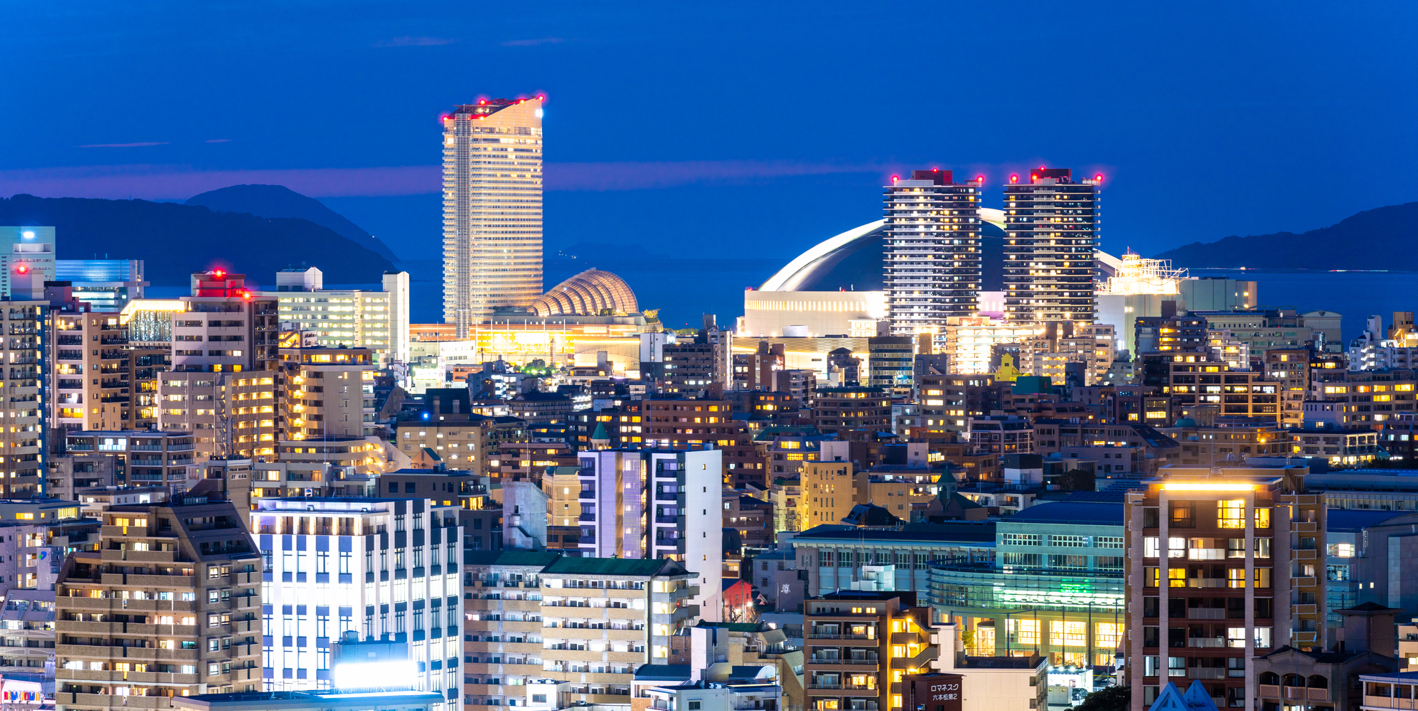
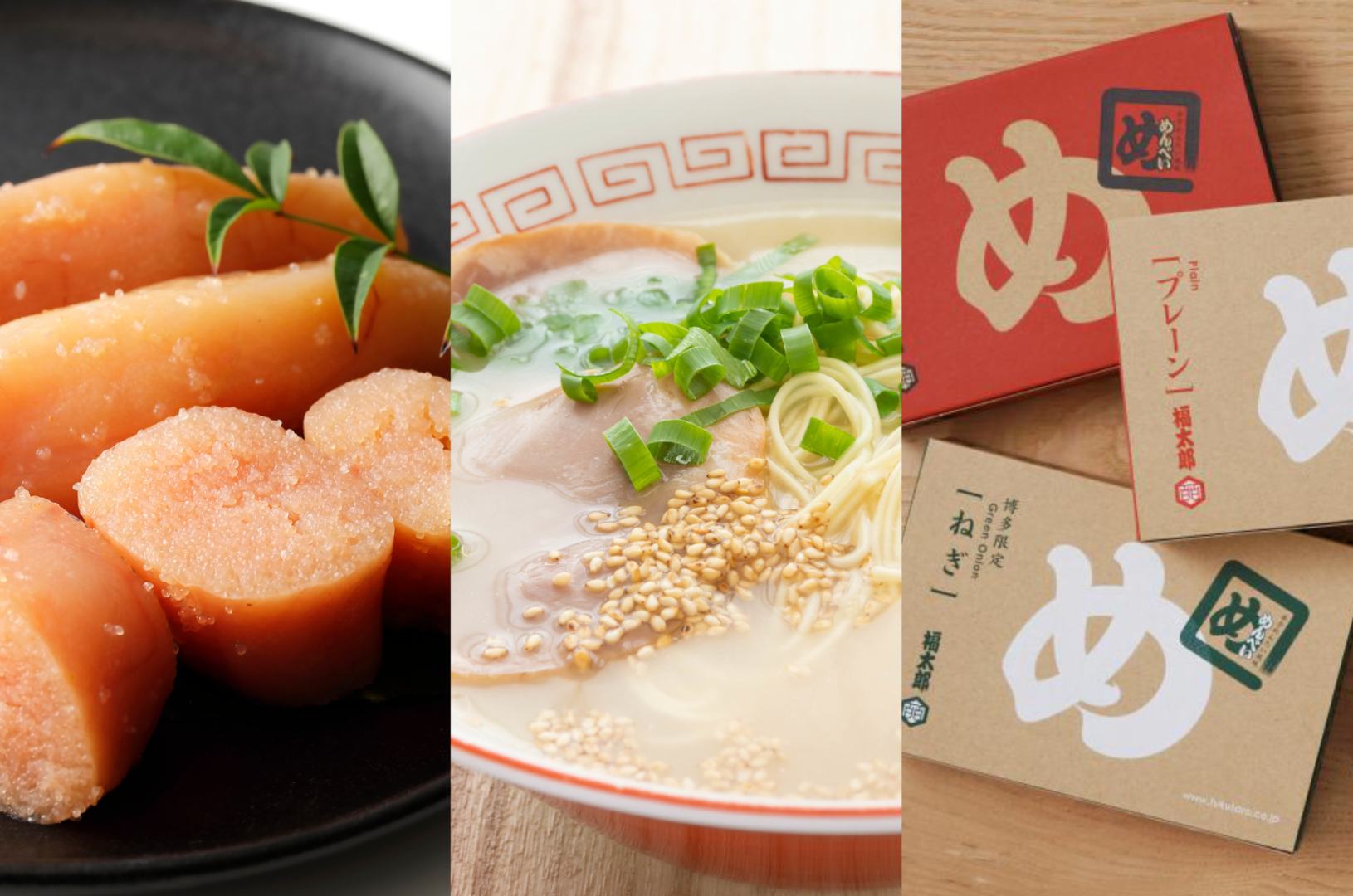
![[2025 Edition] The Best Places to See Cherry Blossoms in Fukuoka-1](https://www.crossroadfukuoka.jp/storage/special_features/38/responsive_images/q0hE9tjduBiHqz9D4hlPG9Rx4qnsyGjp3aFupoG1__1673_1115.jpg)
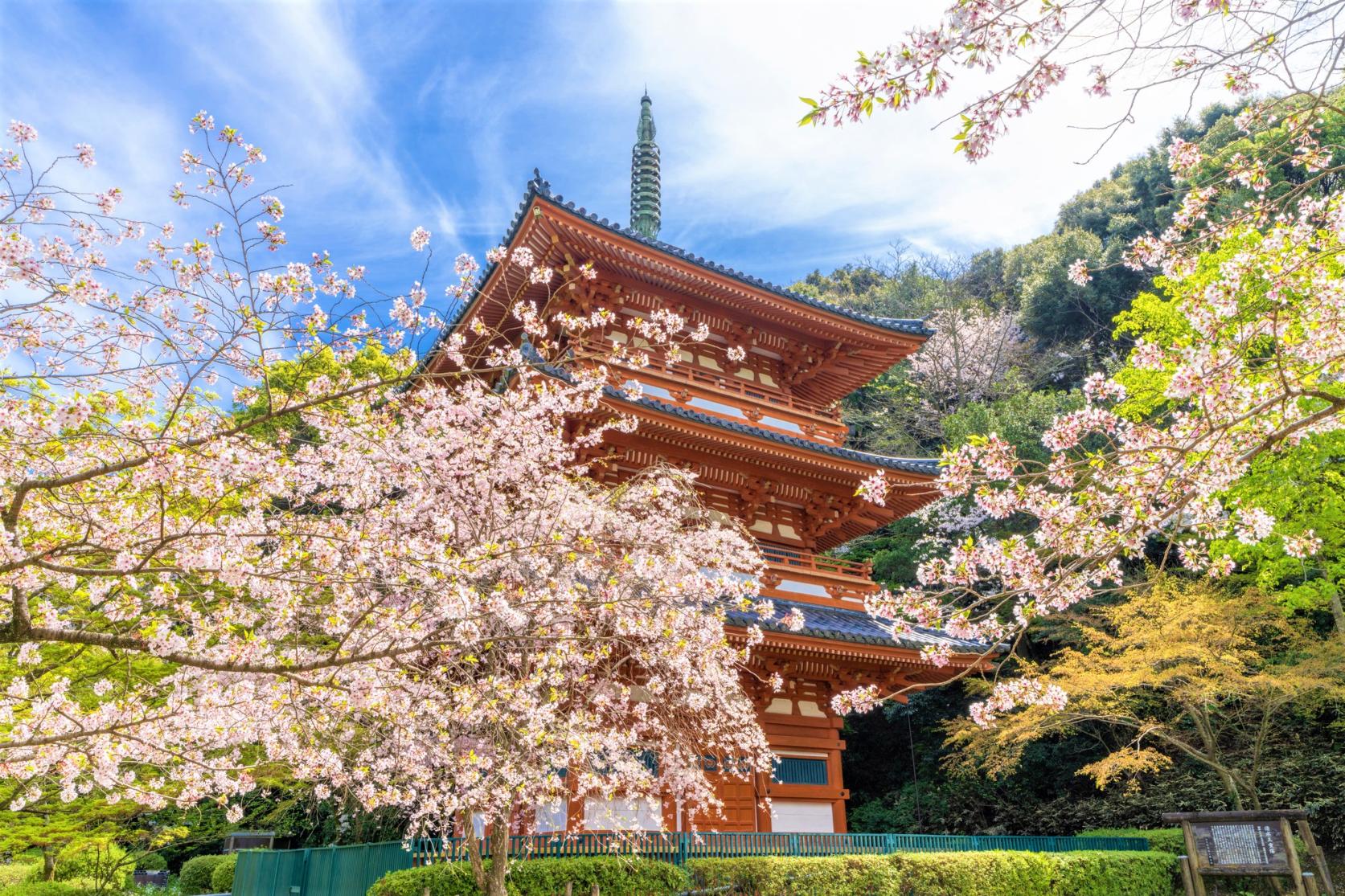
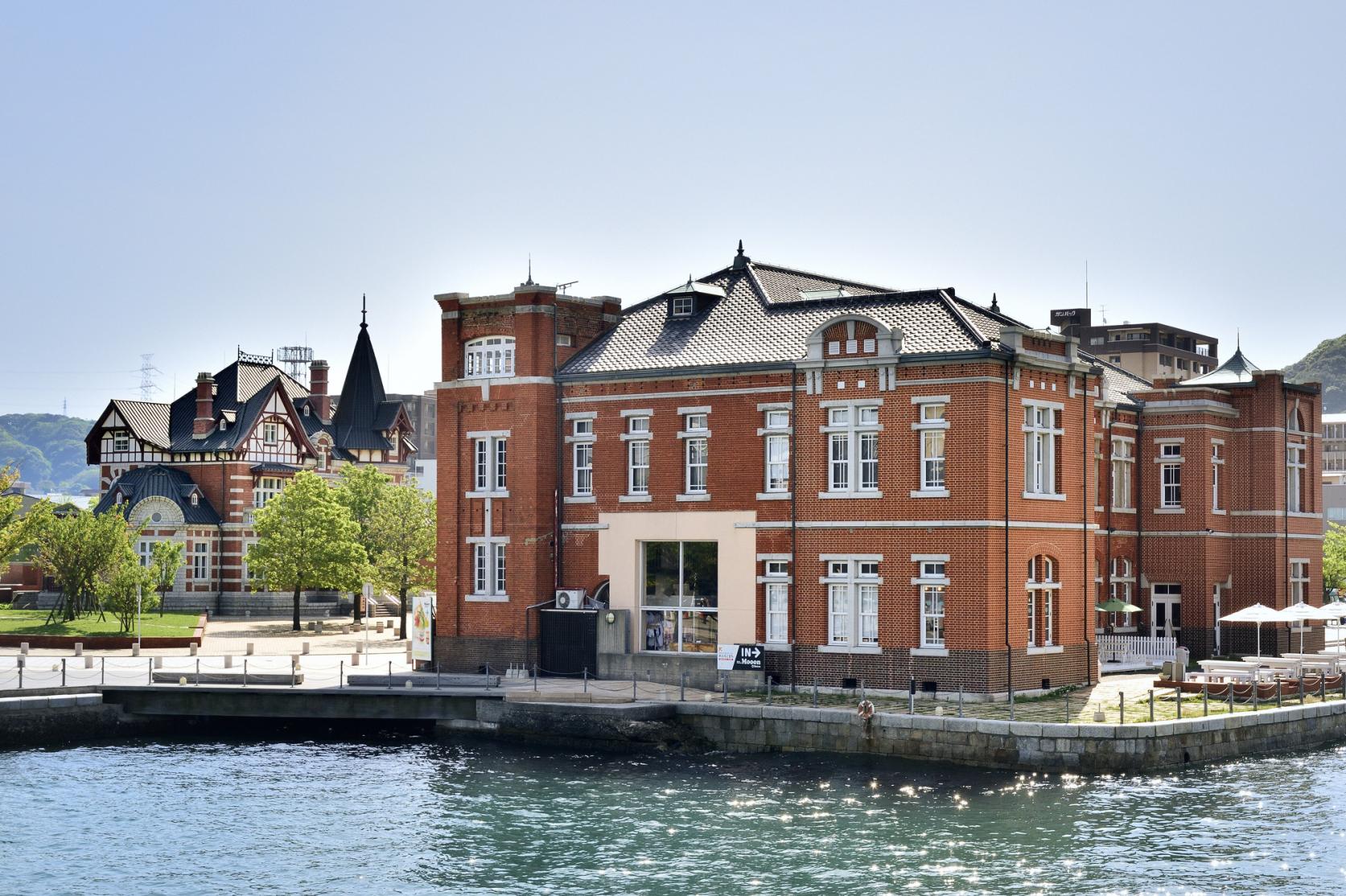
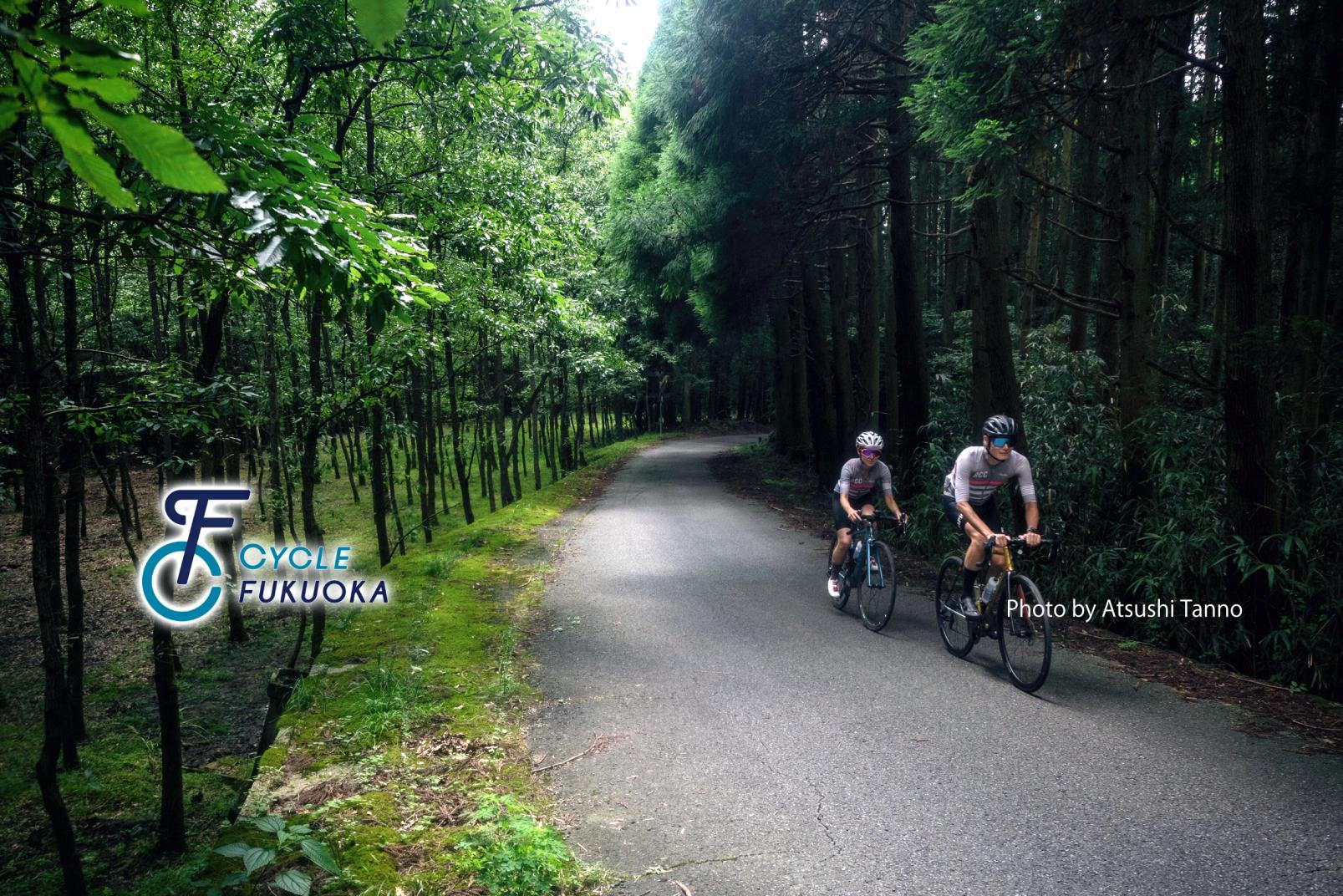
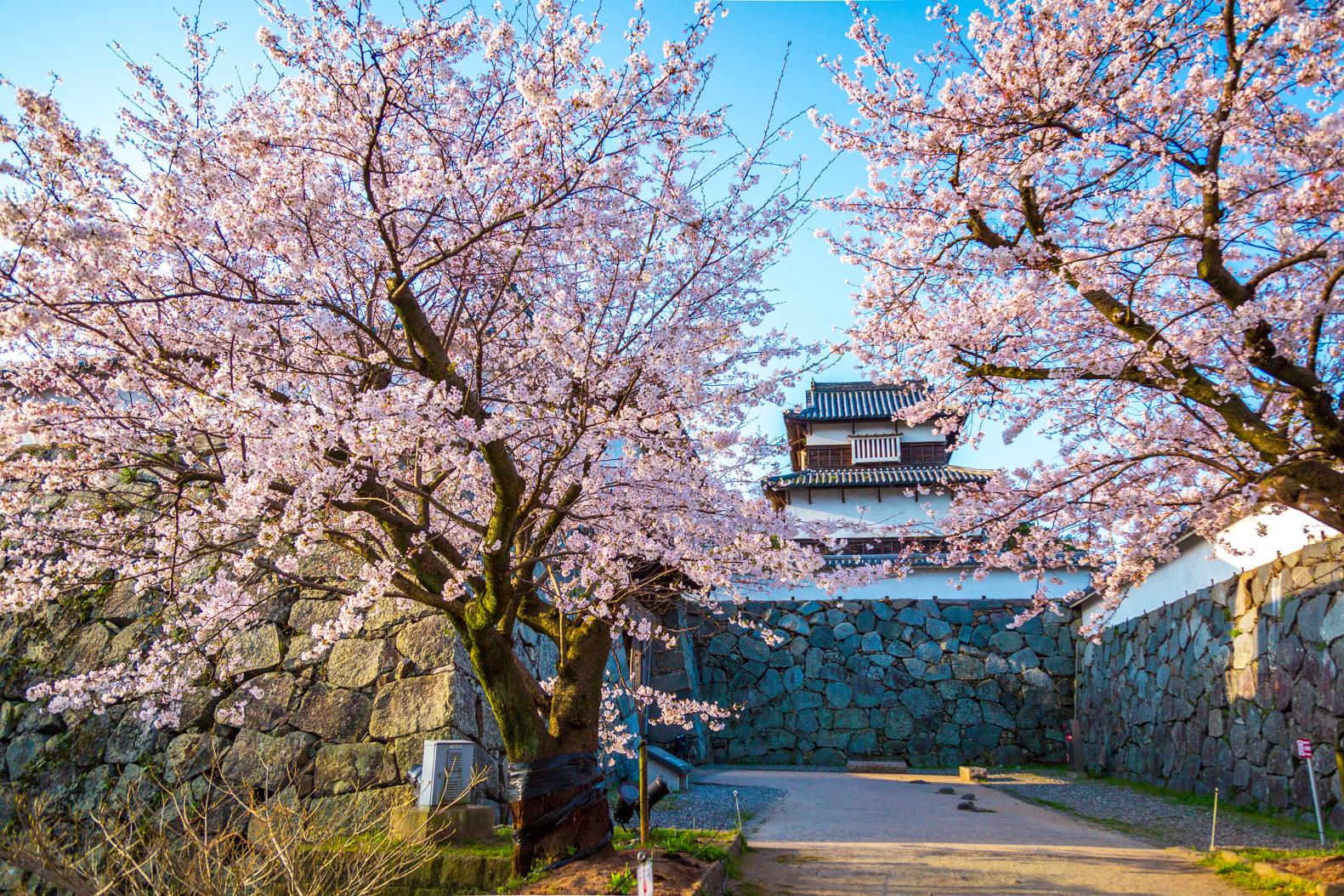
![[2025 Edition] Strawberry Picking Spots in Fukuoka-1](https://www.crossroadfukuoka.jp/storage/special_features/49/responsive_images/9ZHgrqvQdpH8tM4IRF54DXu0aPBF3YGGkj5WOTGc__1673_1115.jpg)
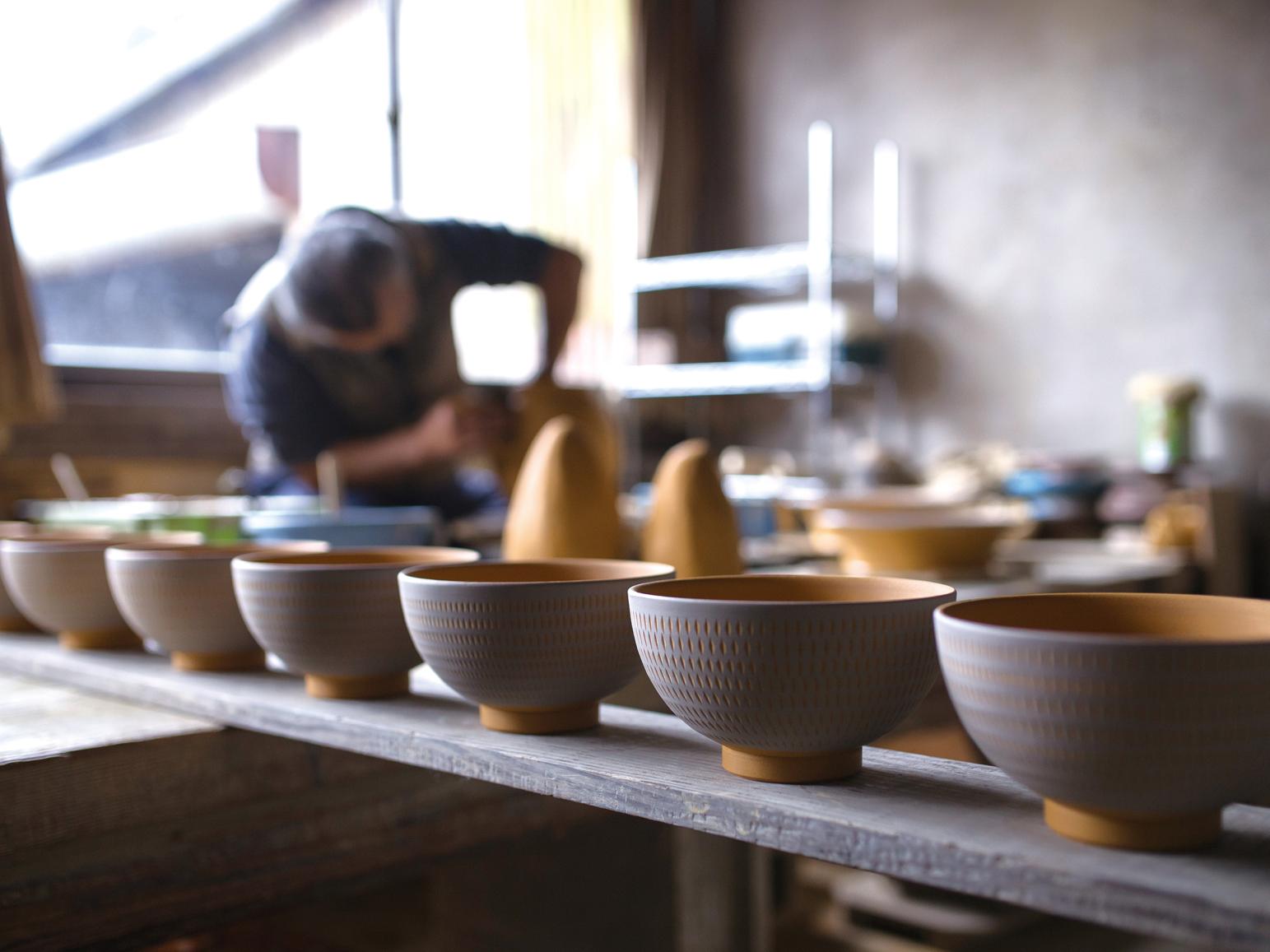
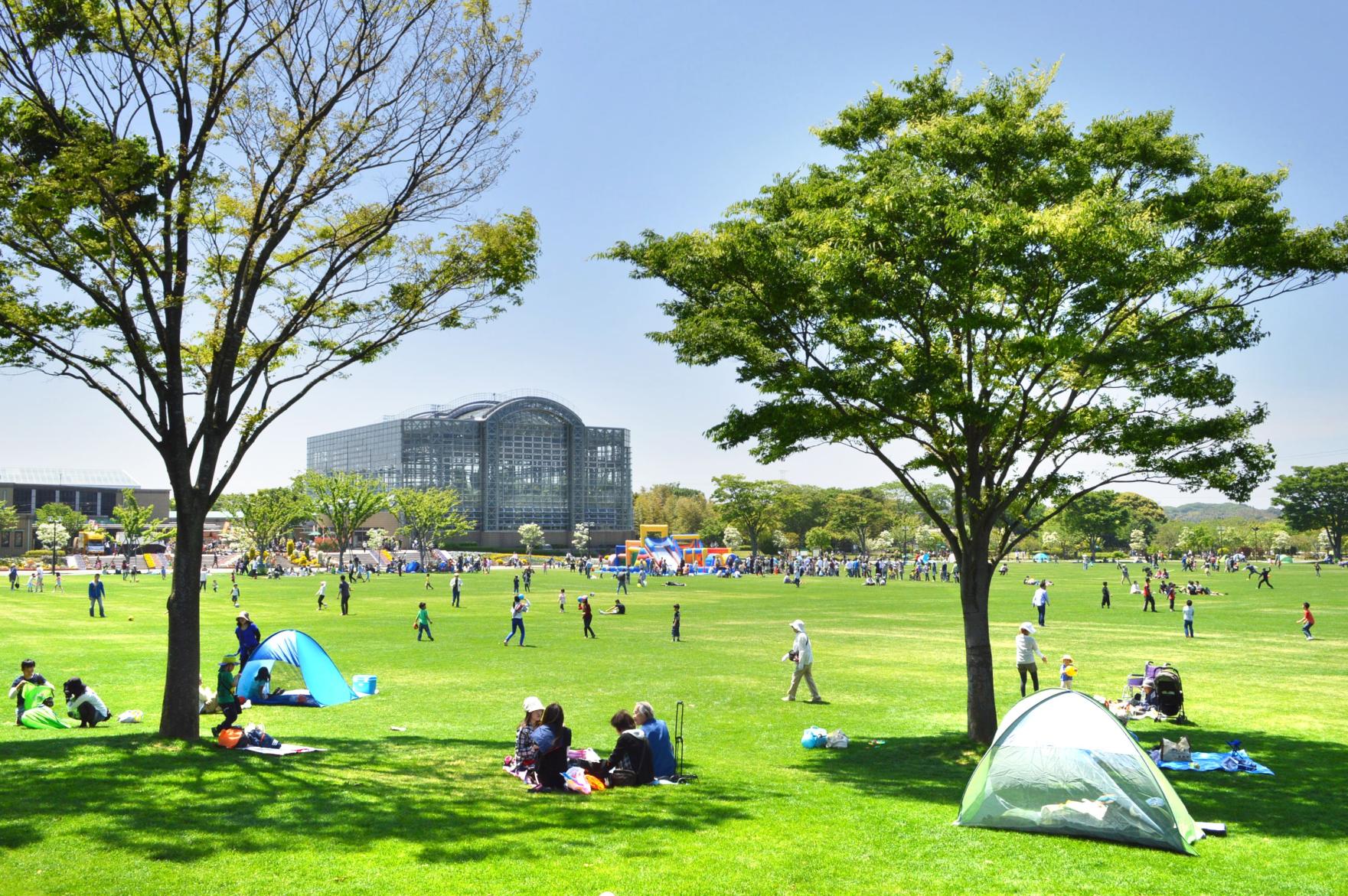
![[2024 Edition] Your Guide to Fukuoka Prefecture's Best Fall Foliage Destinations-1](https://www.crossroadfukuoka.jp/storage/special_features/279/responsive_images/49m7voPHQ1J9tJsmiguwSxPT6qZON51ATRvm5NJK__1673_1115.jpg)
